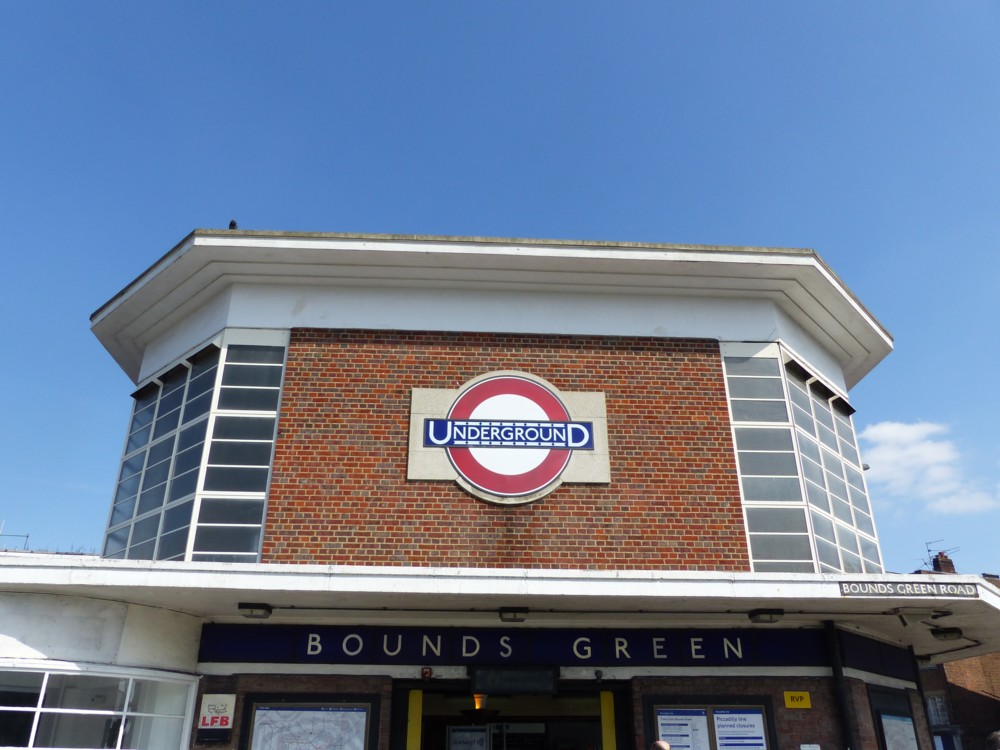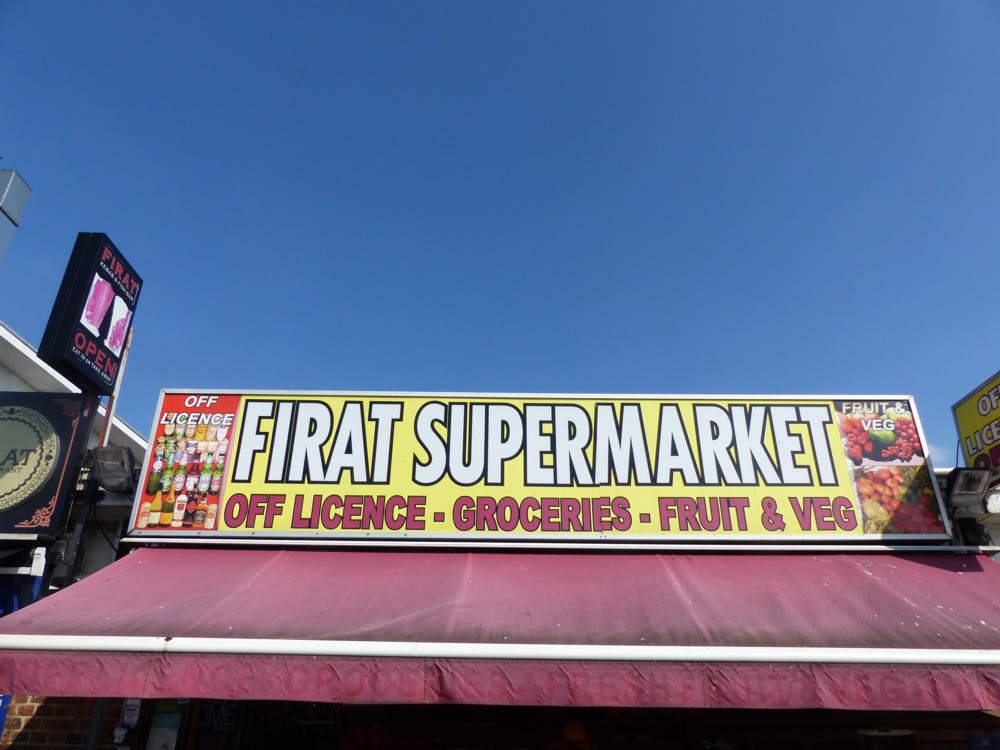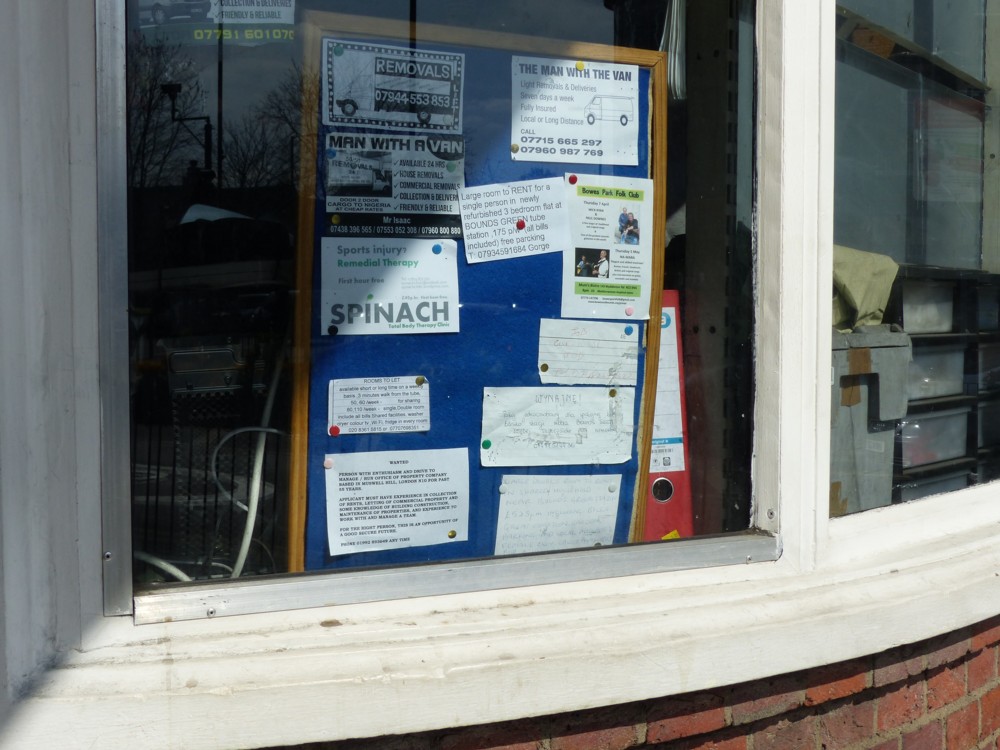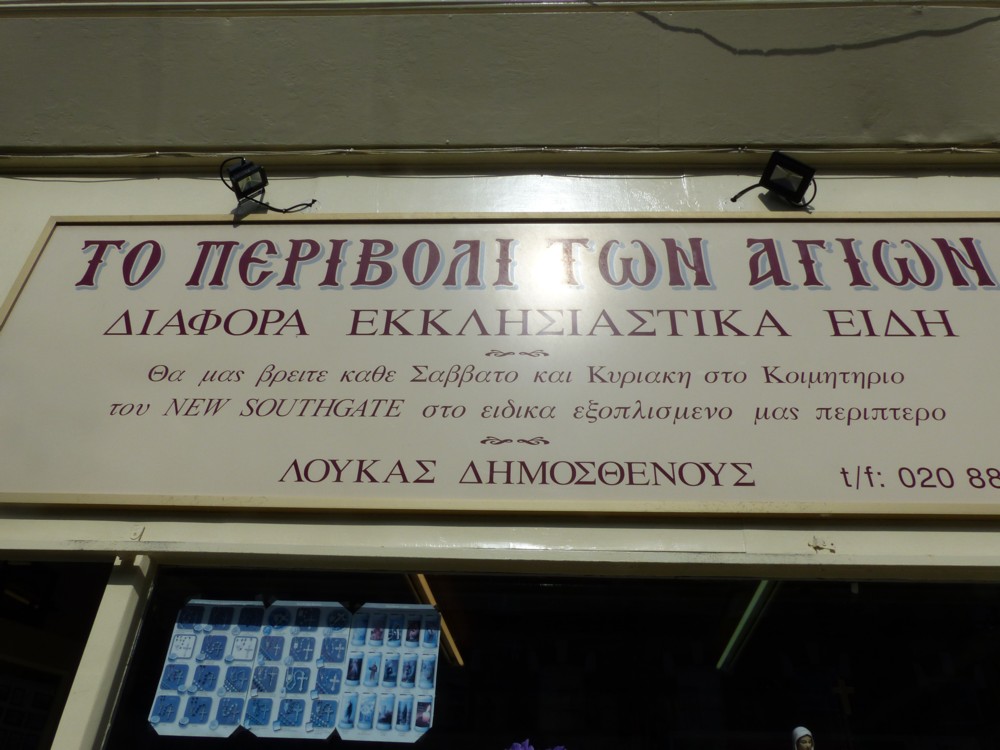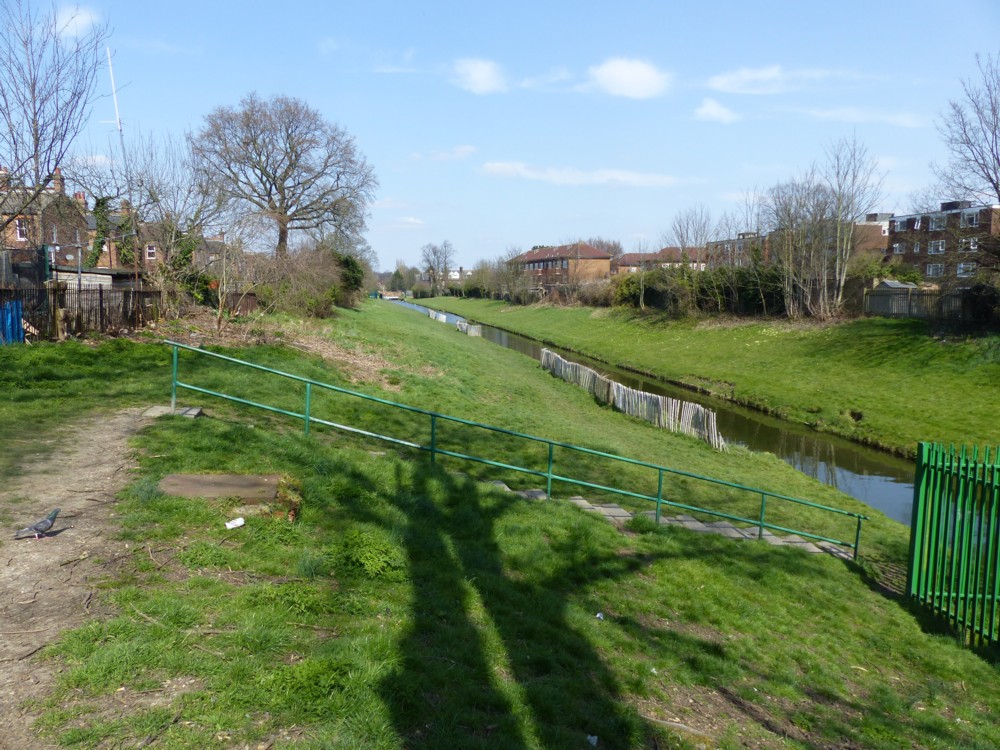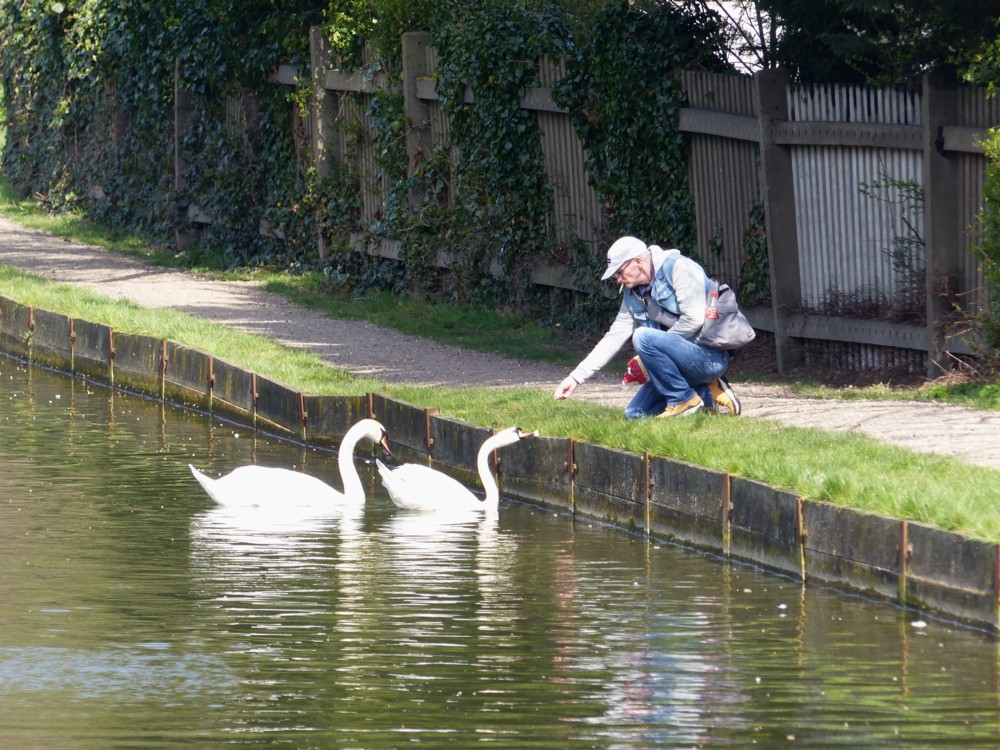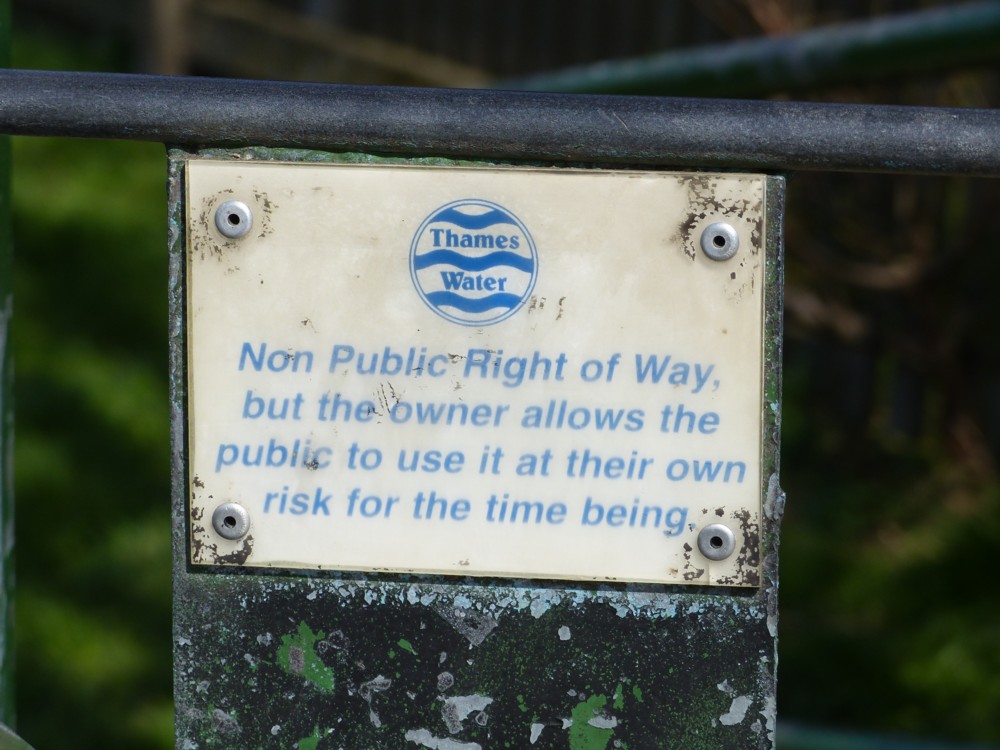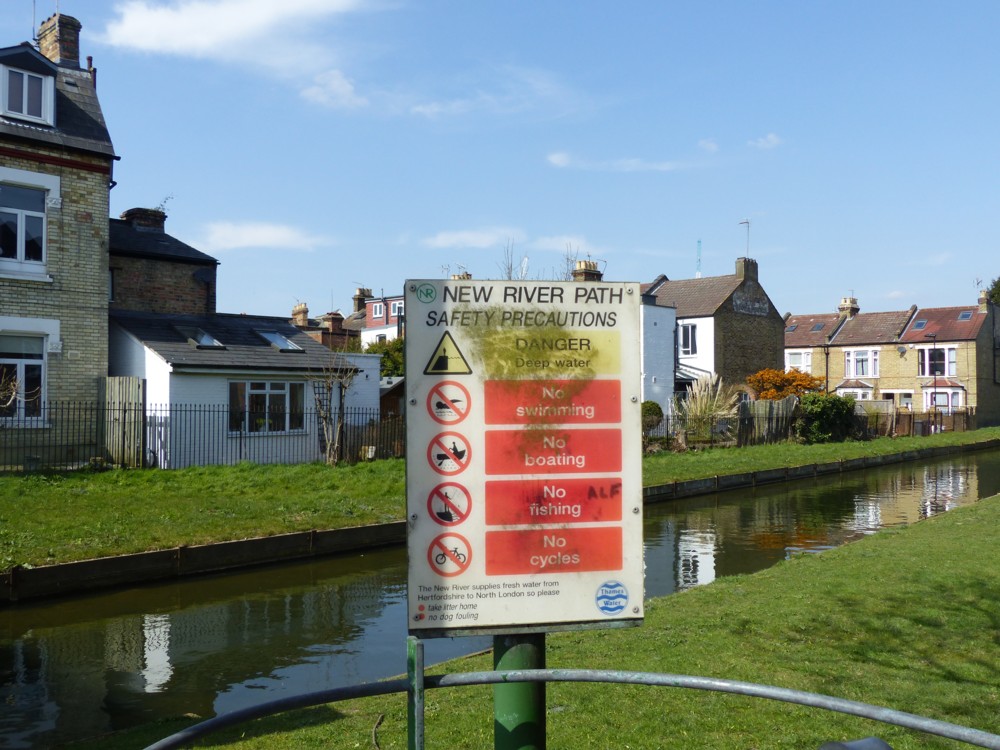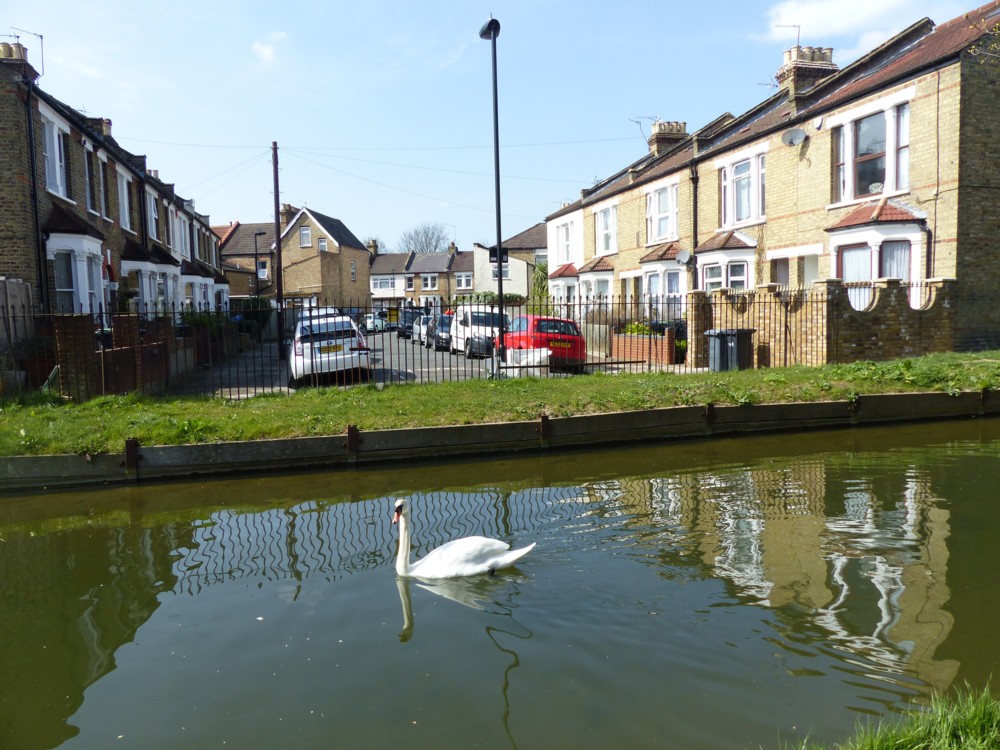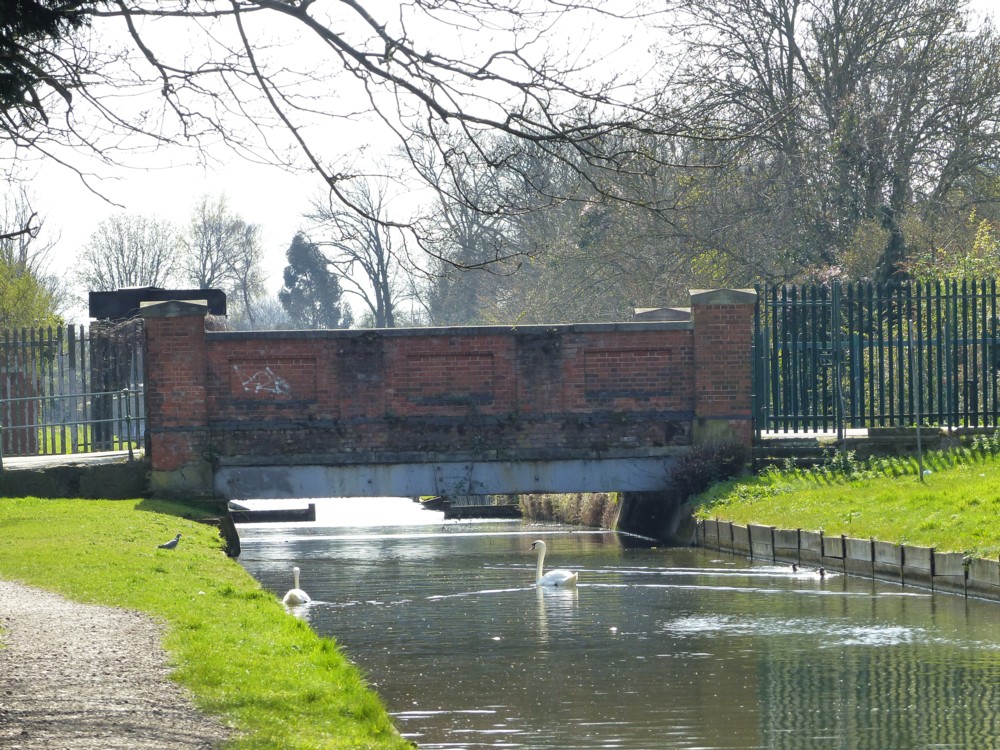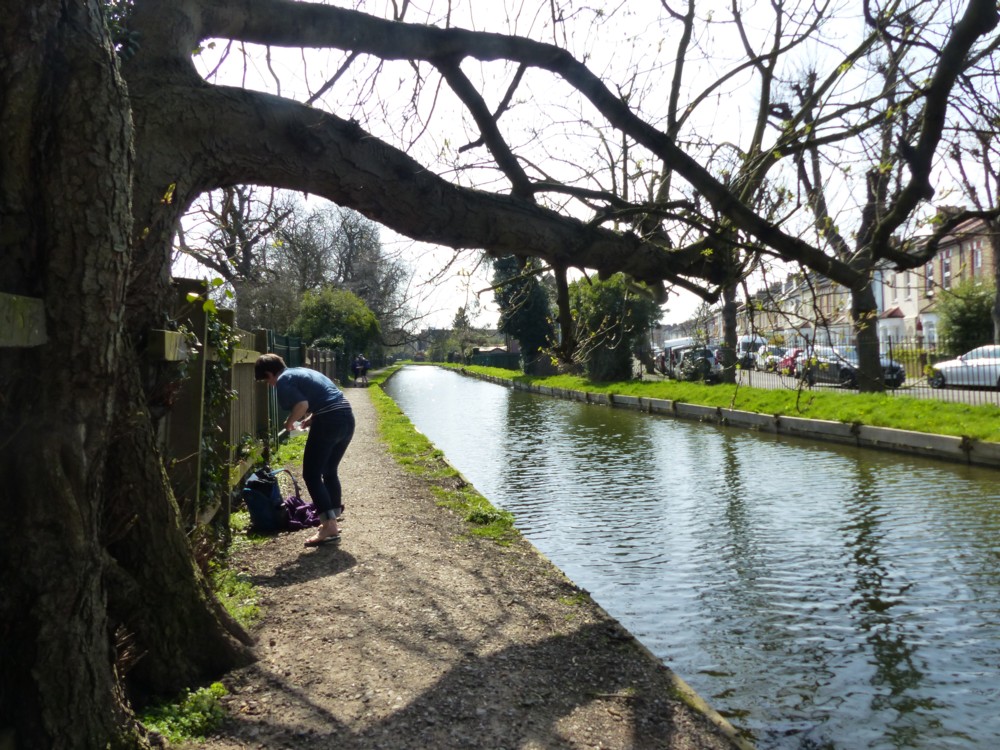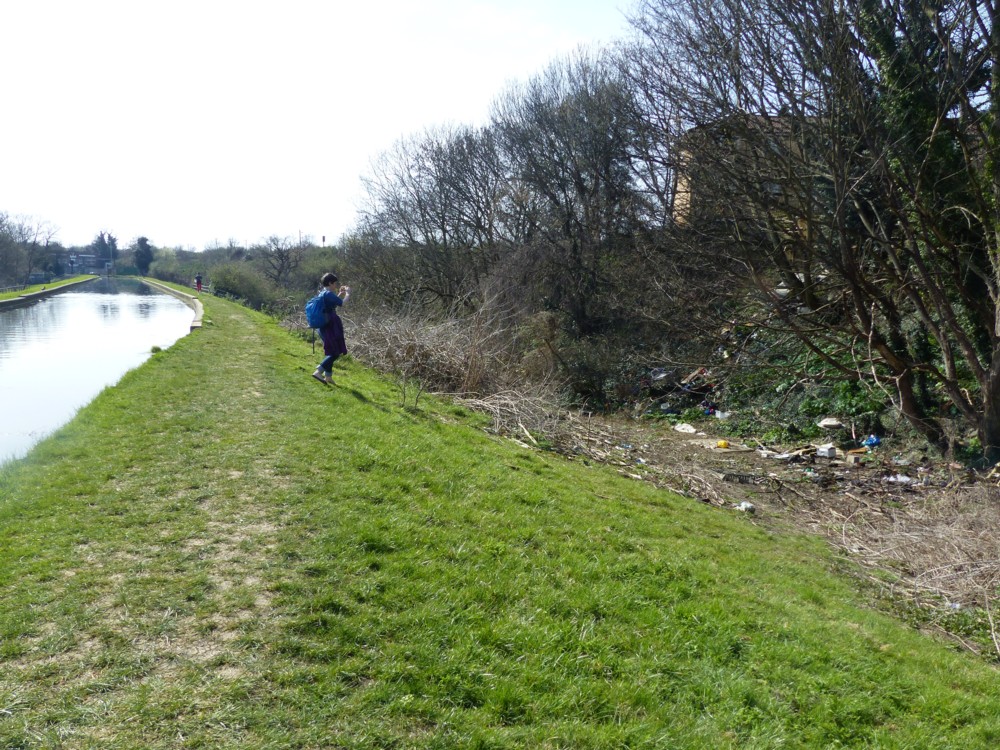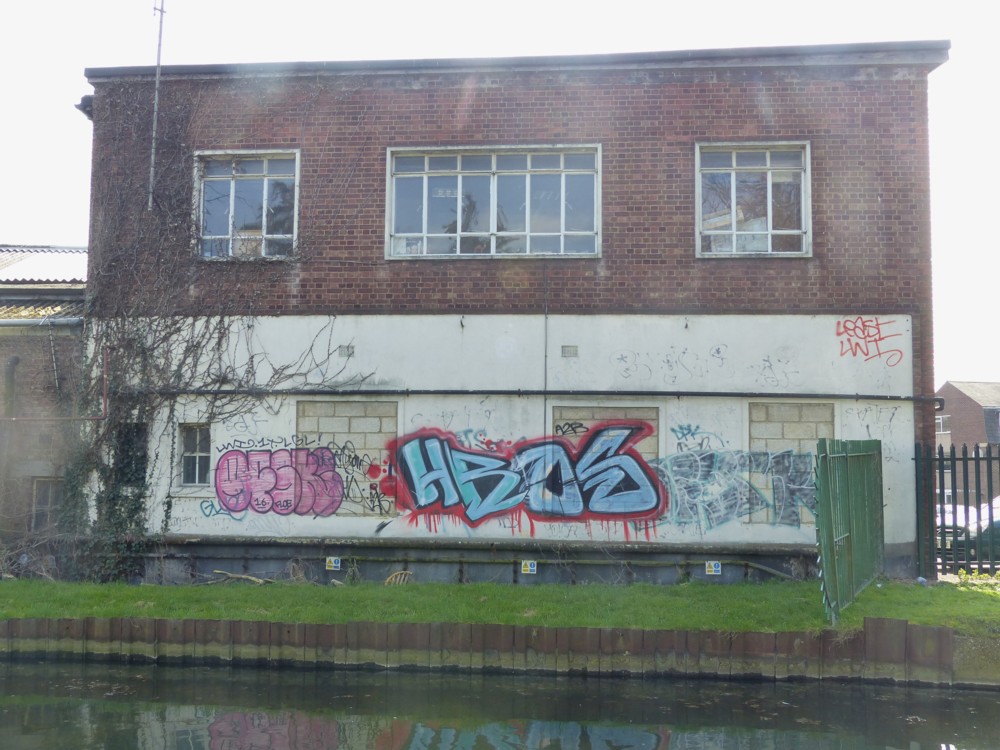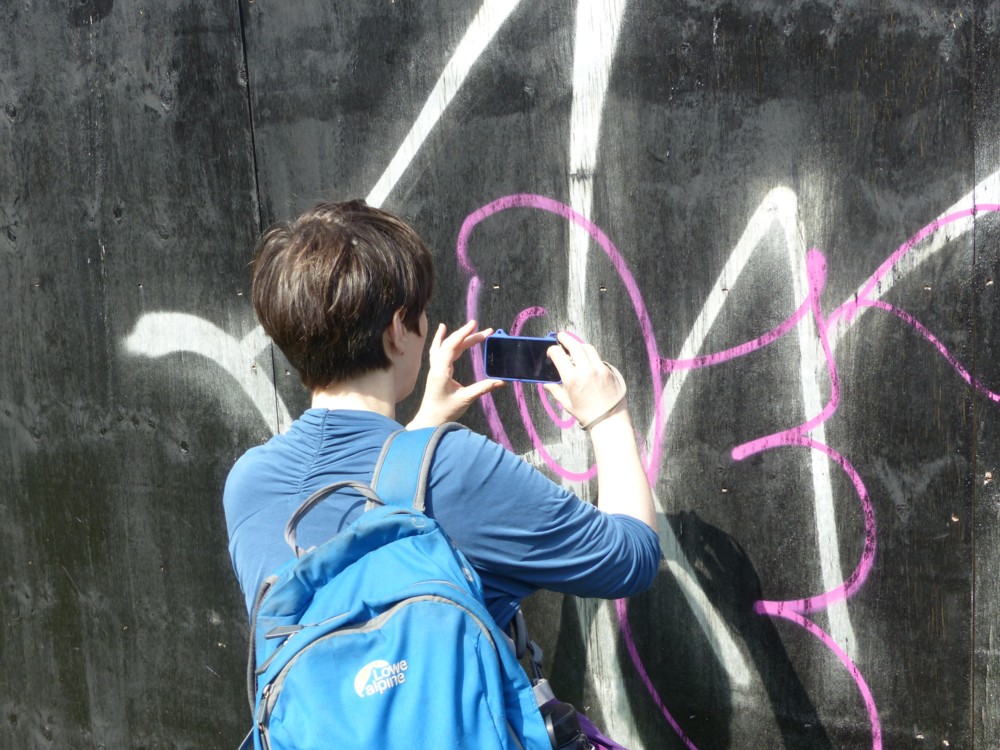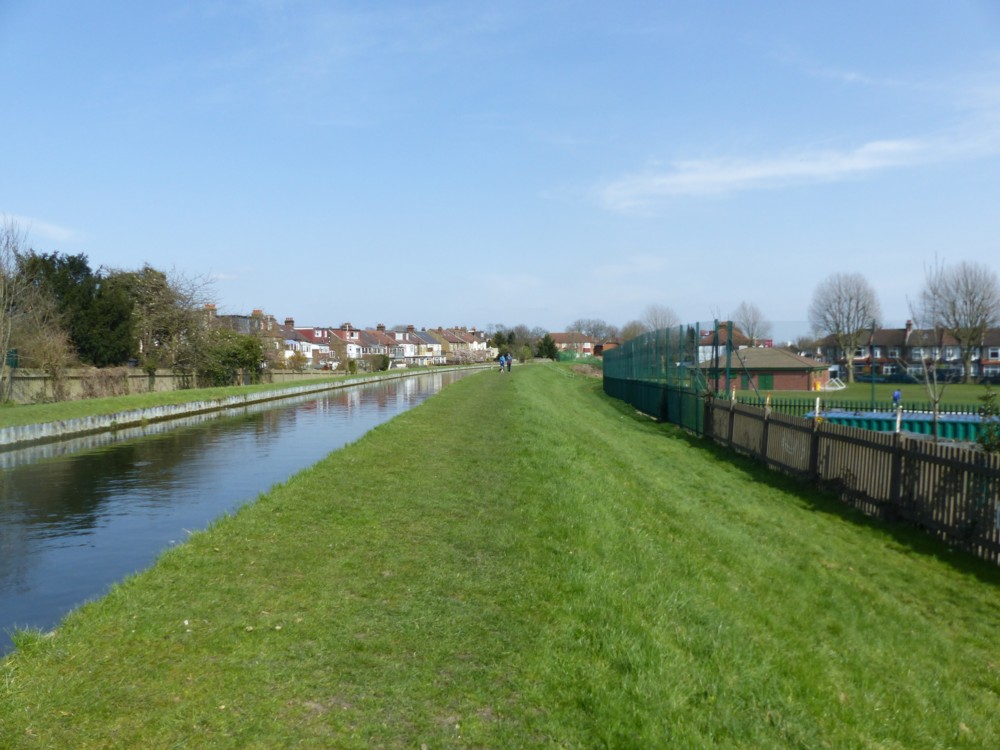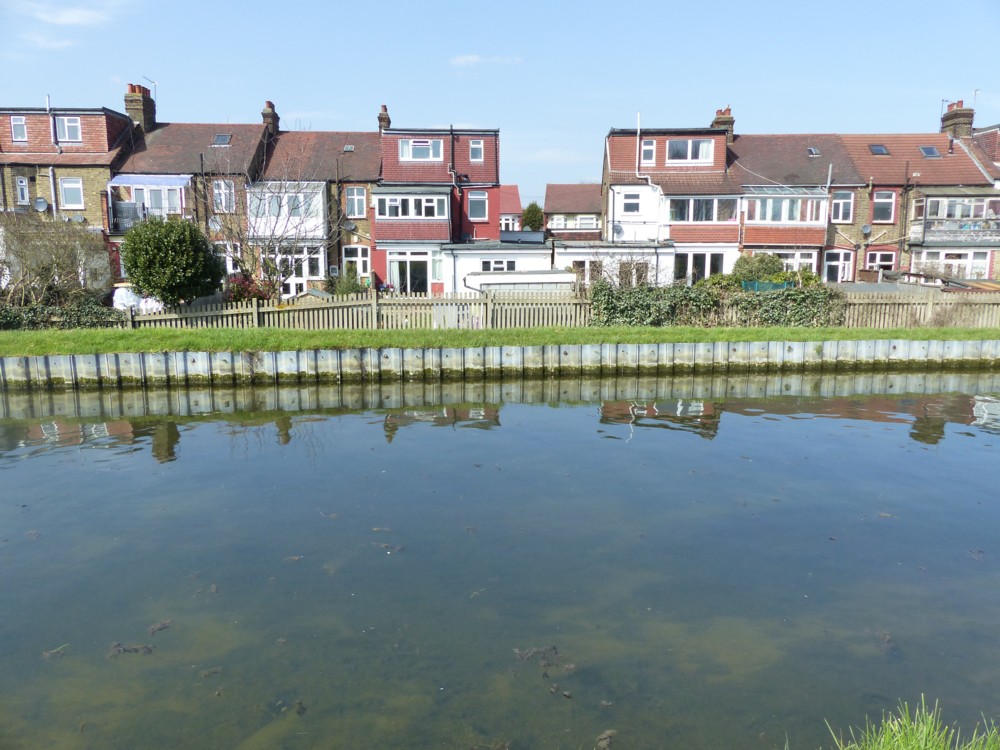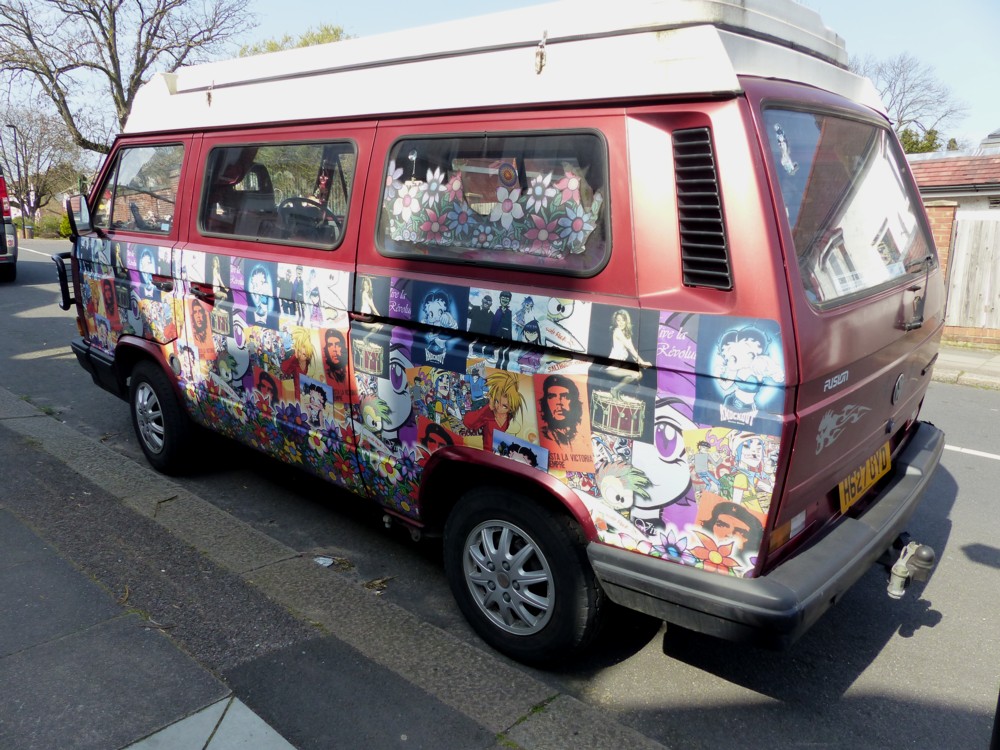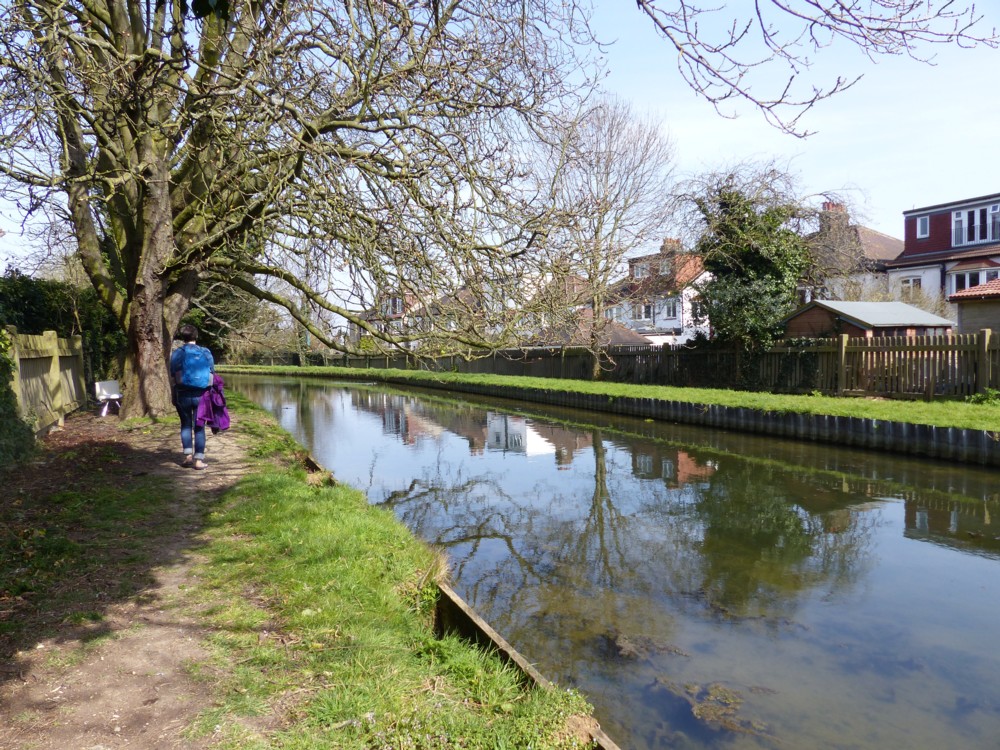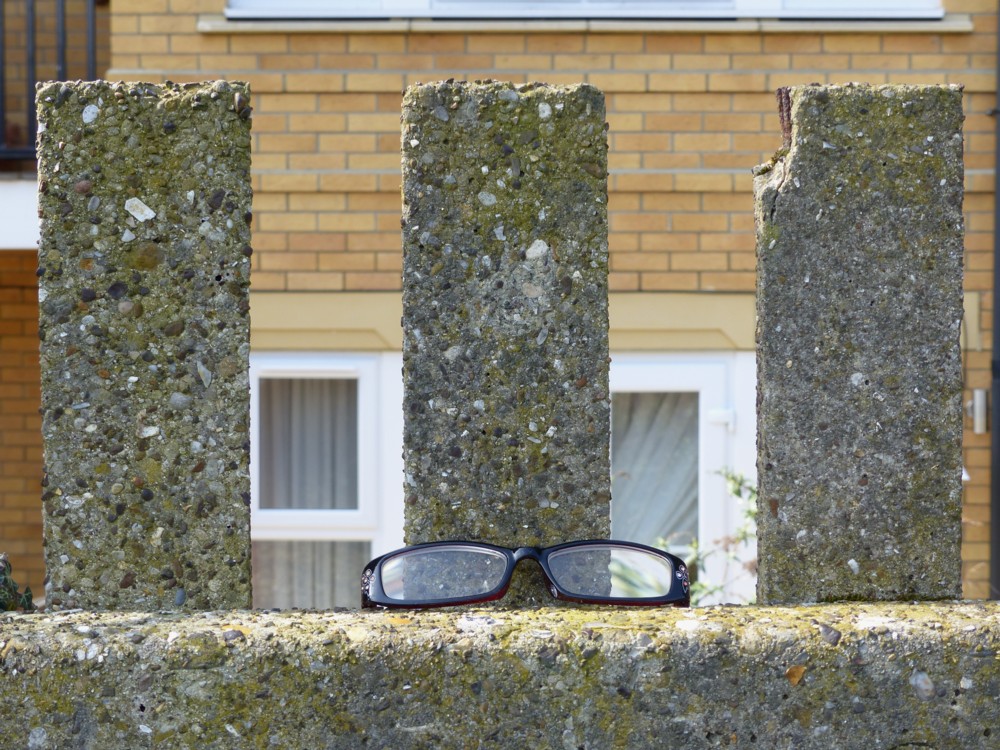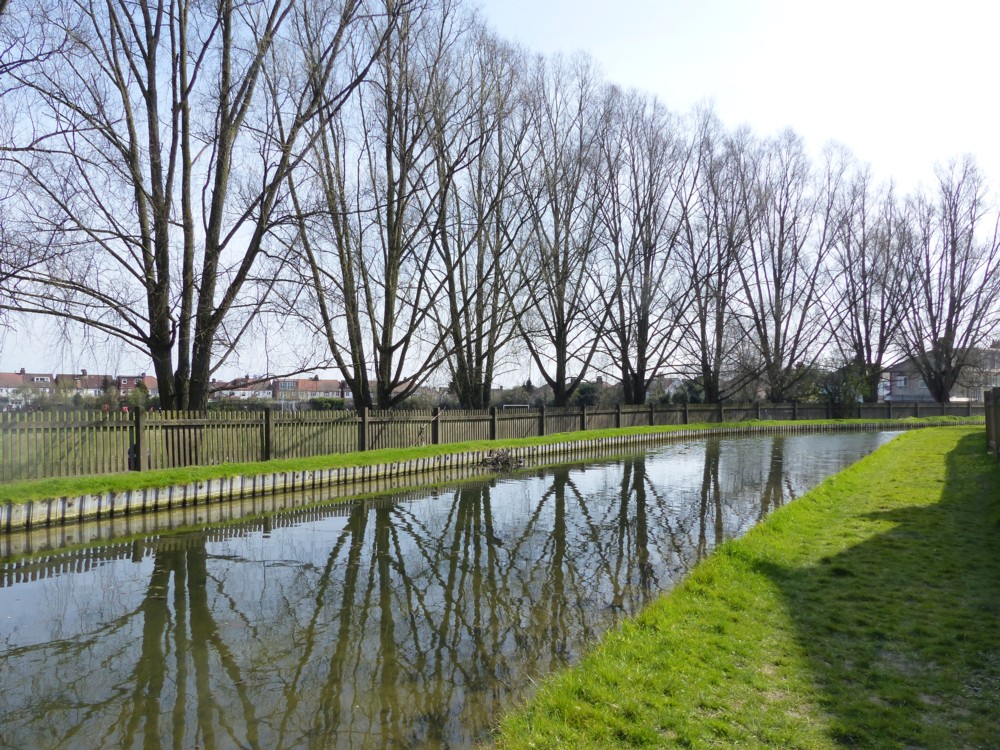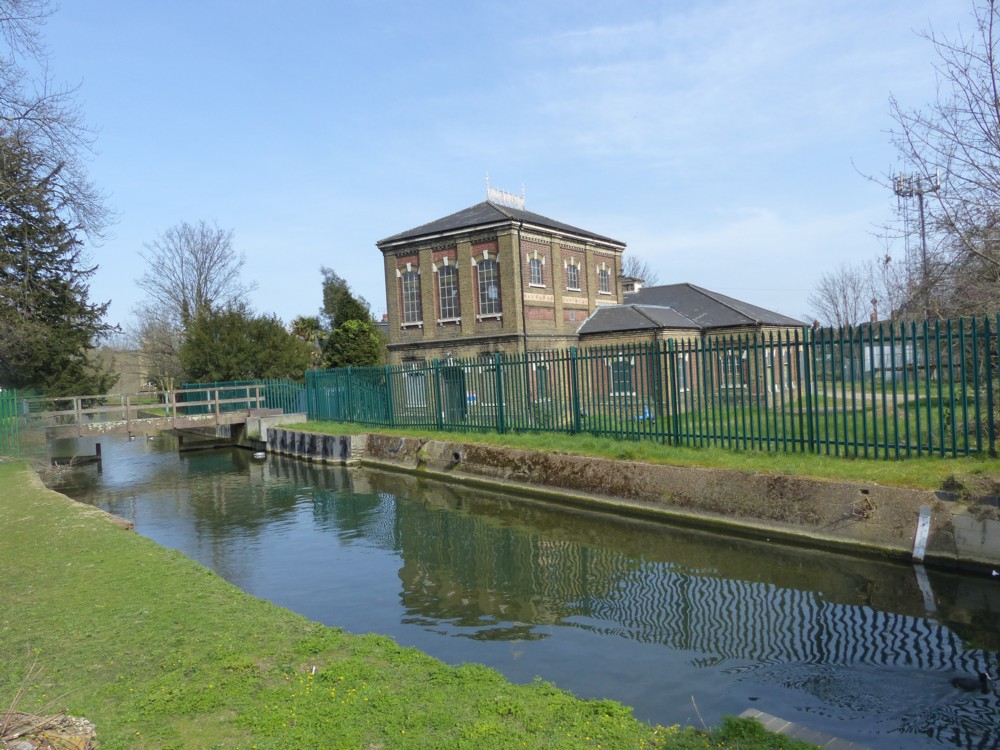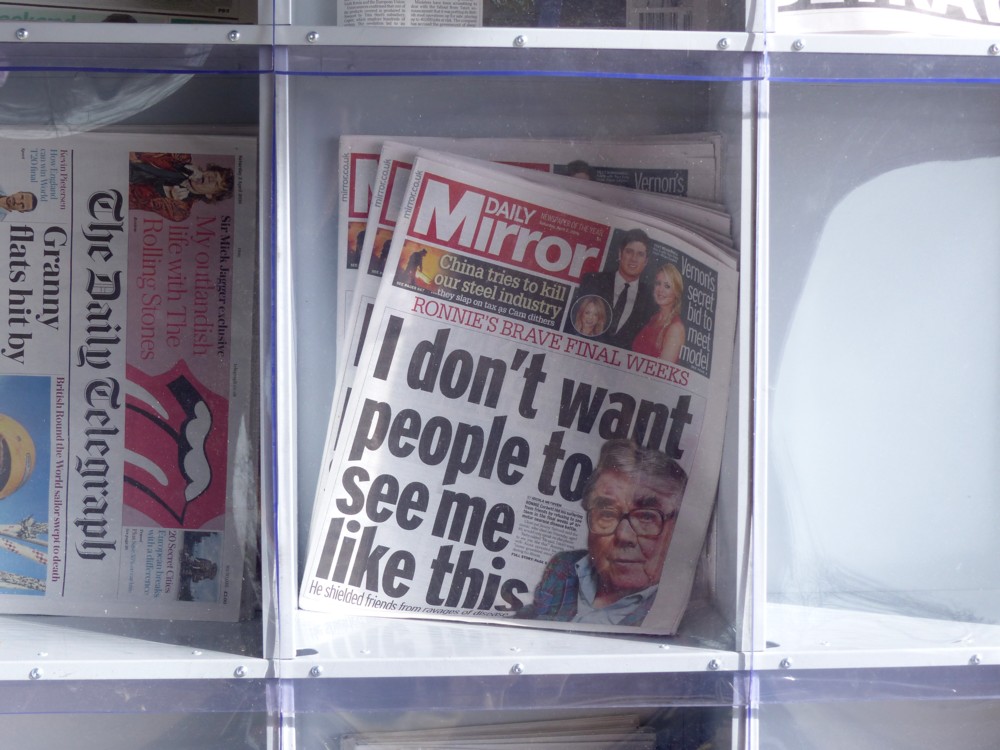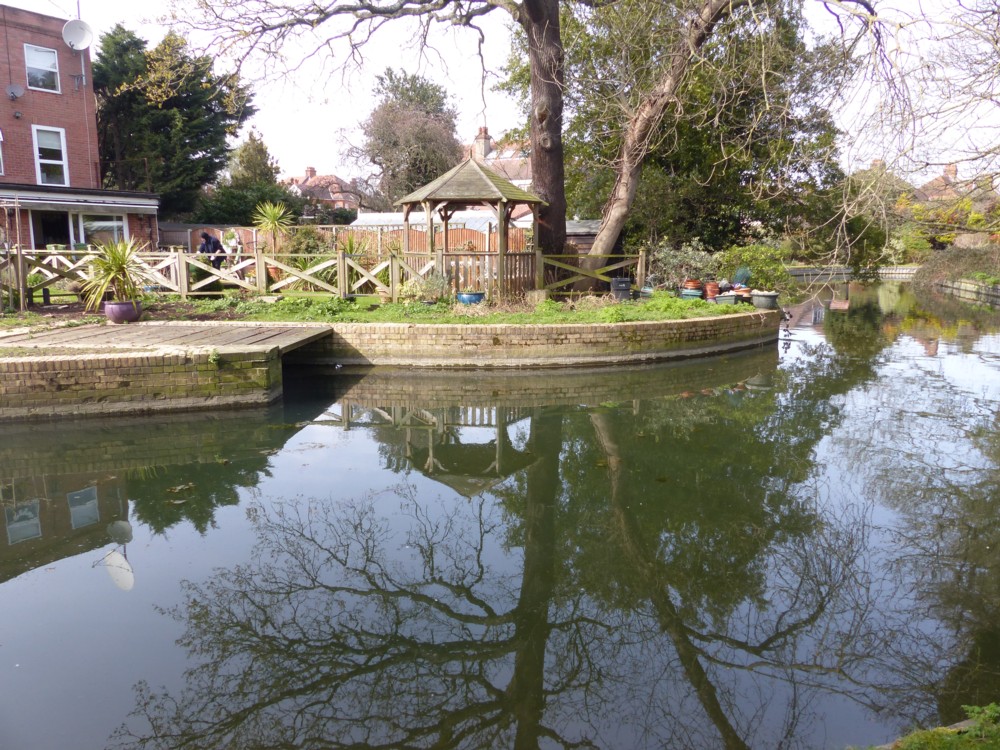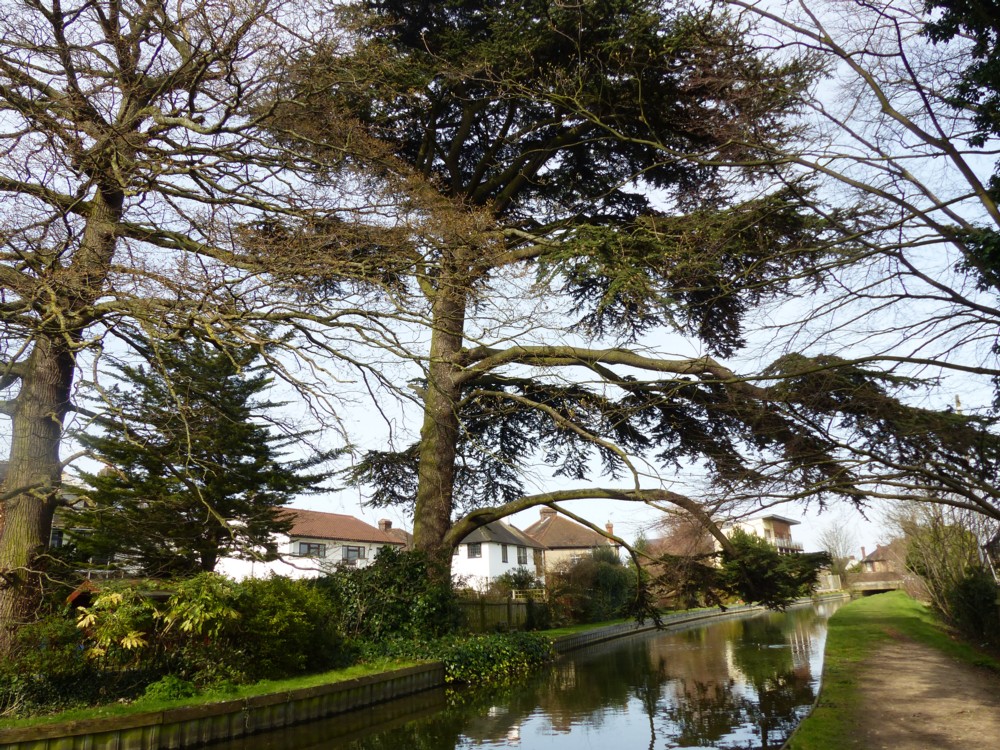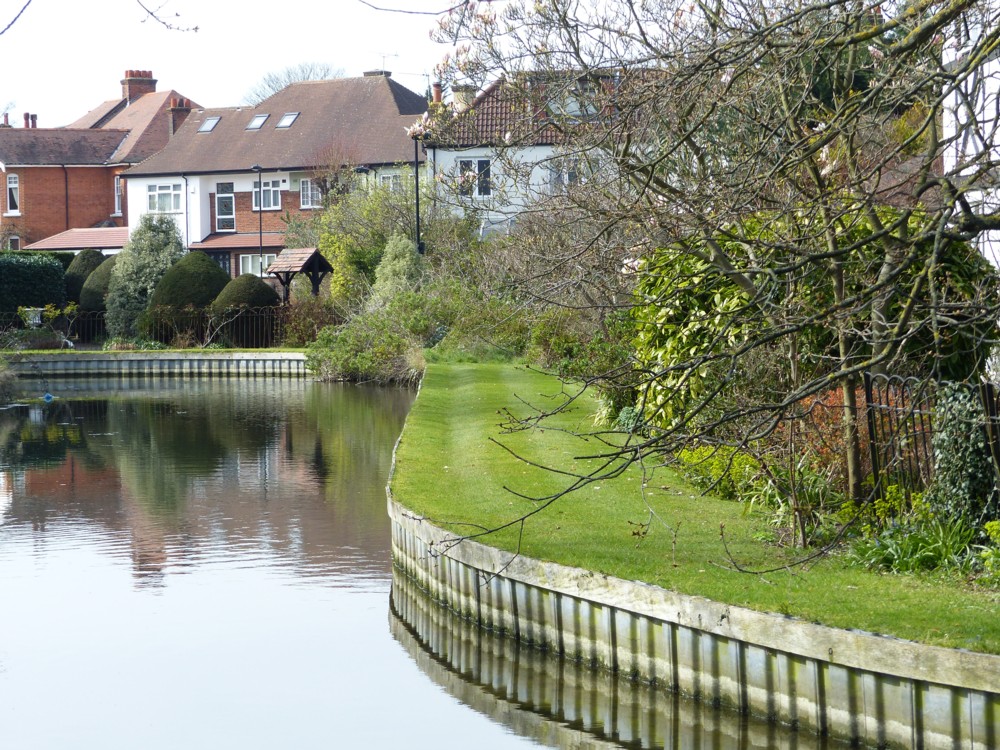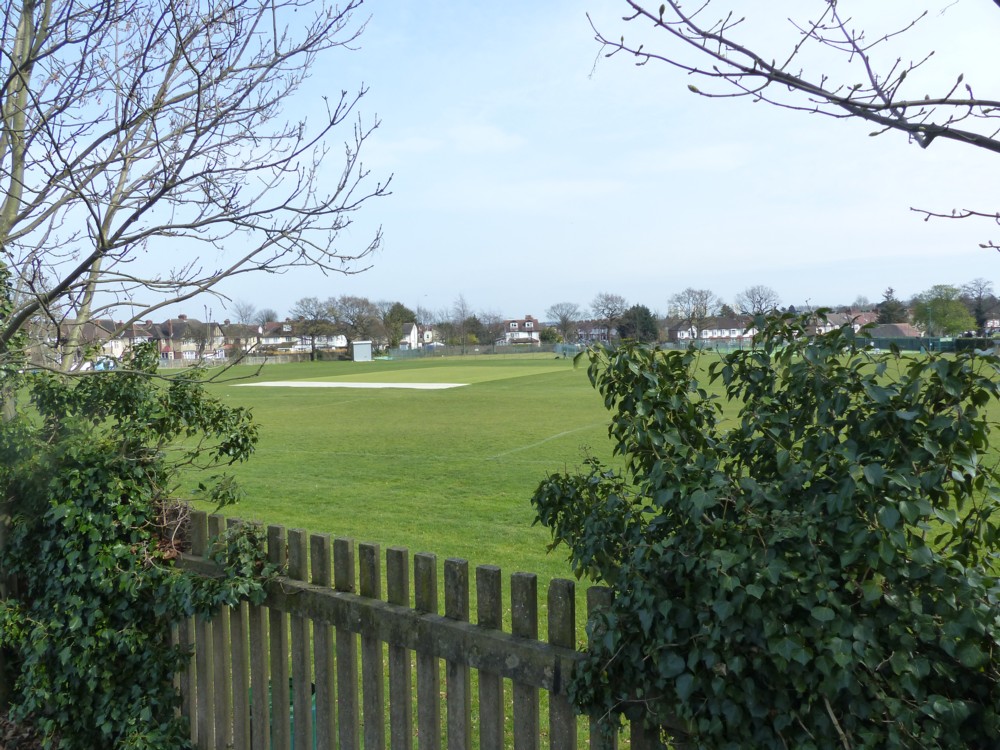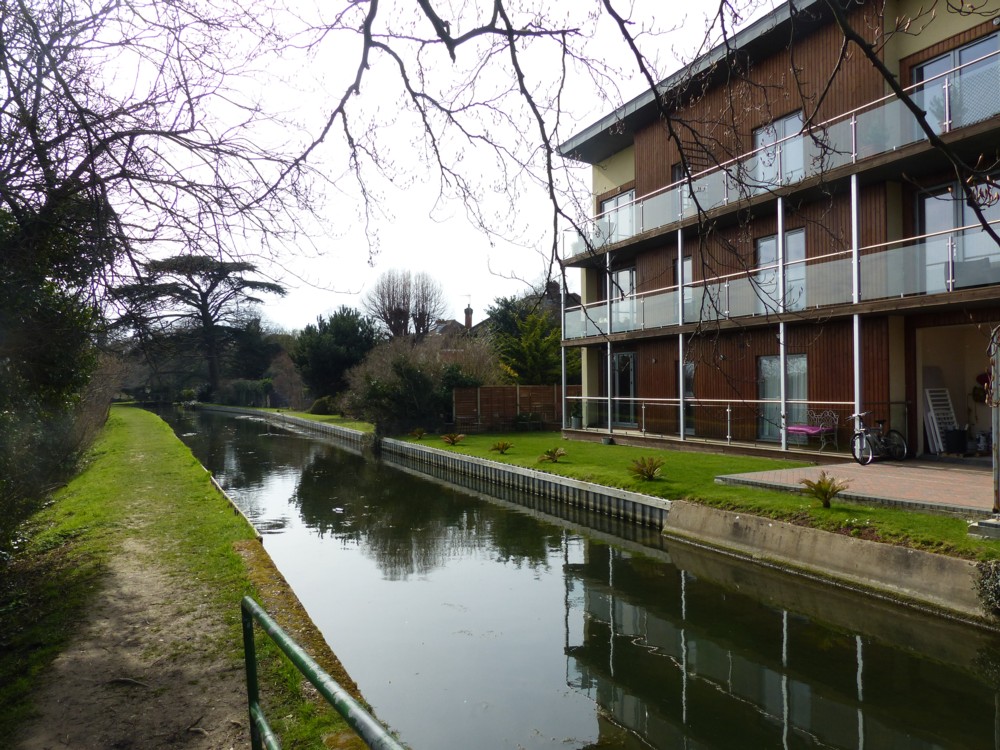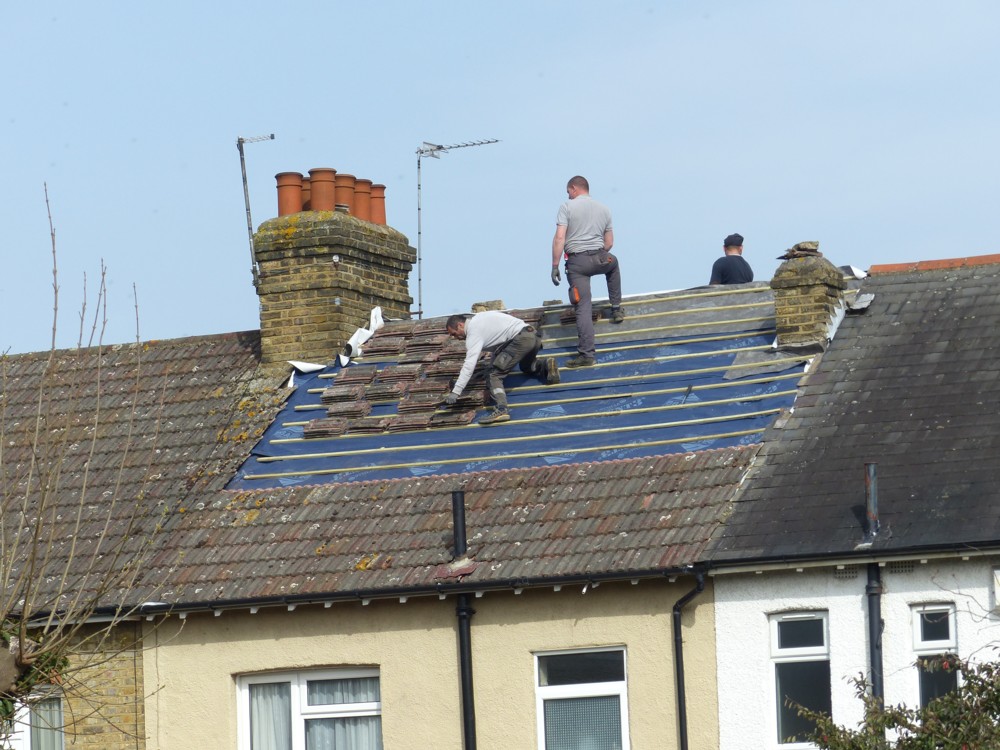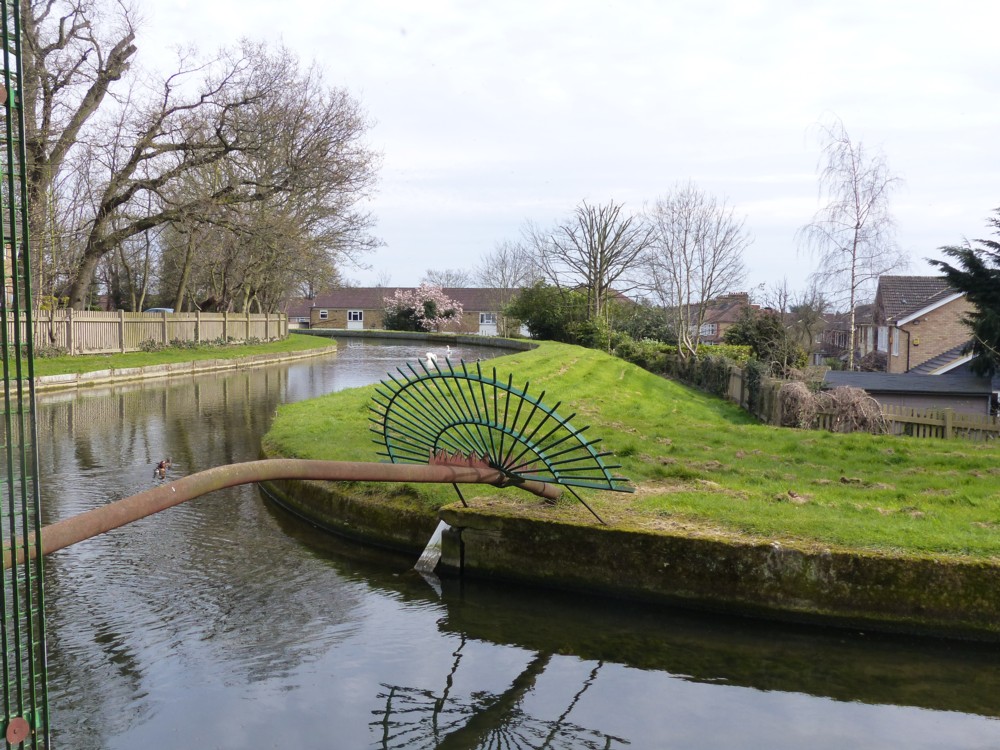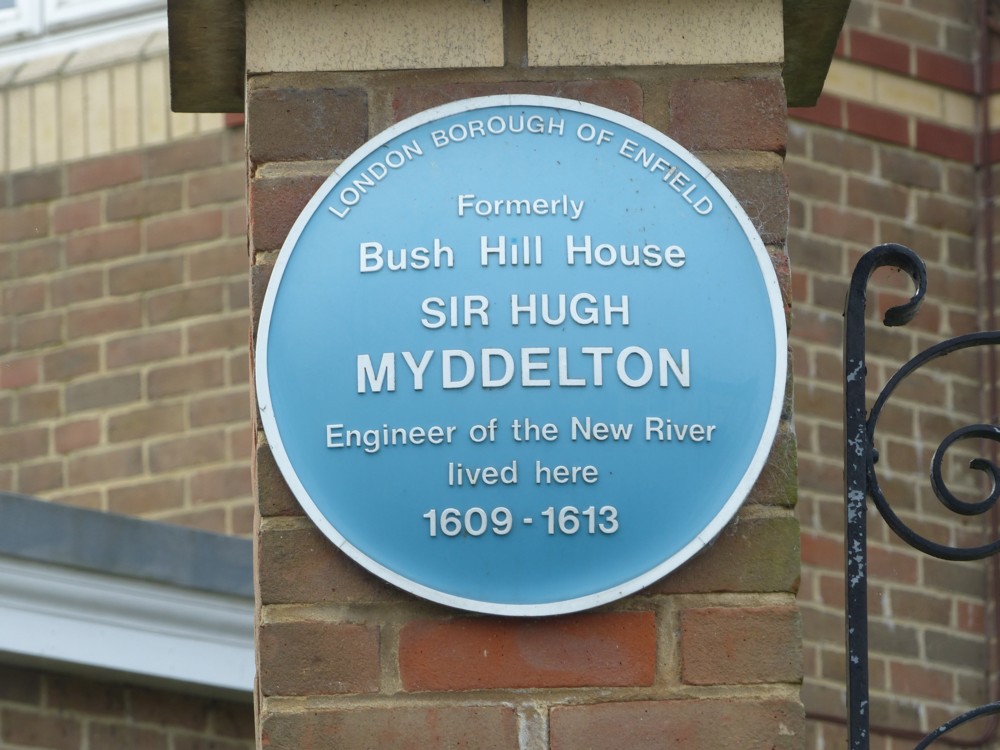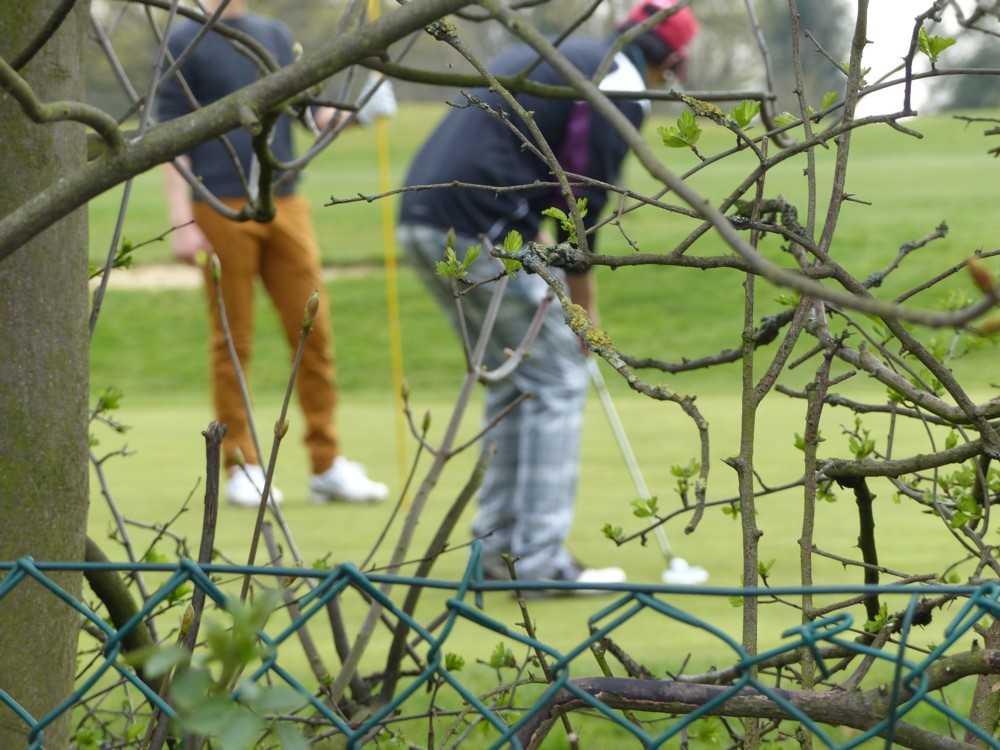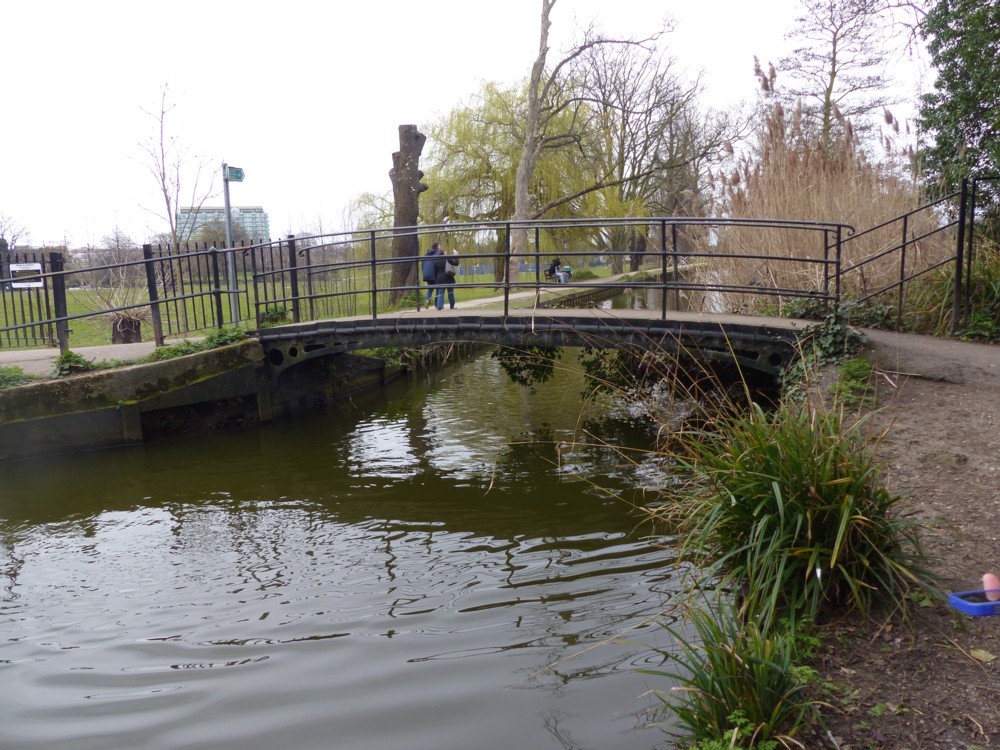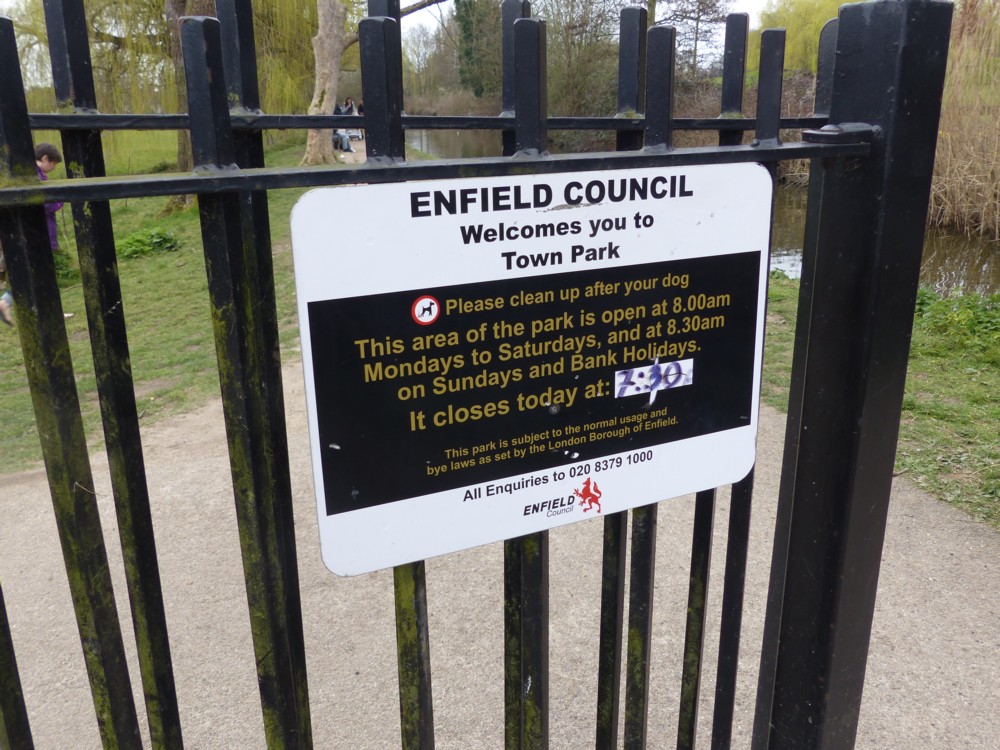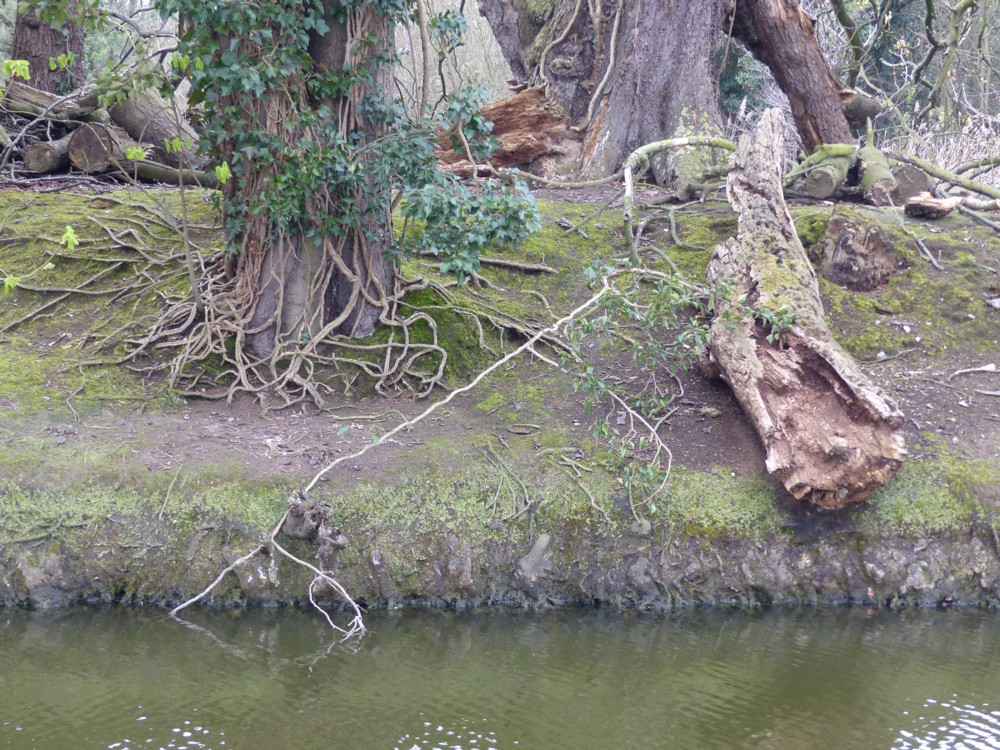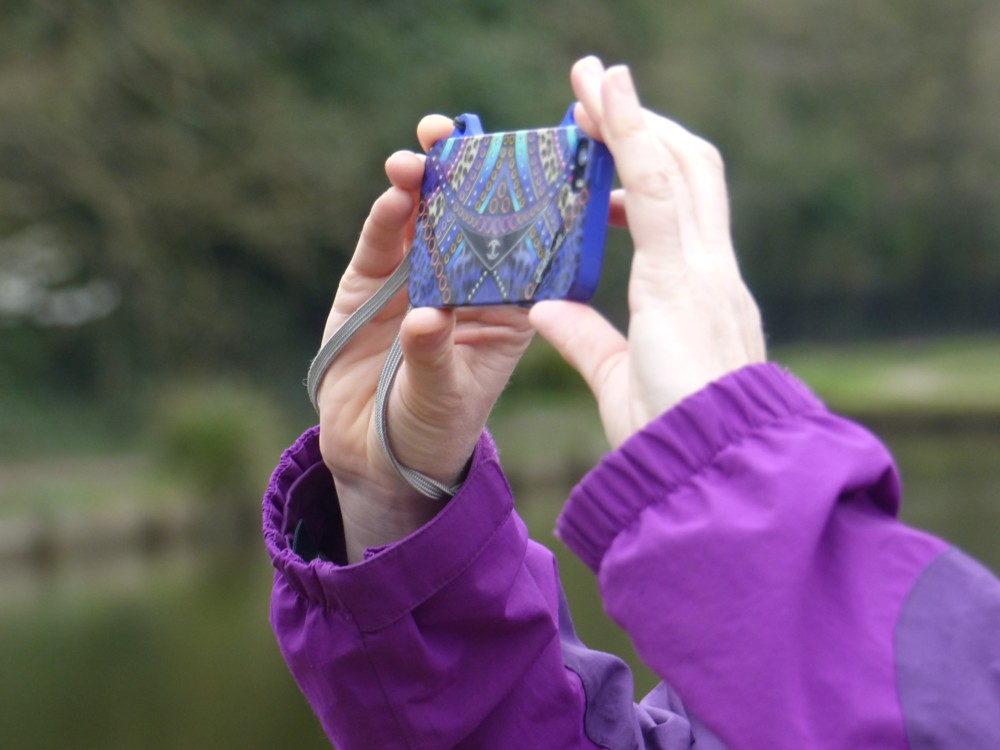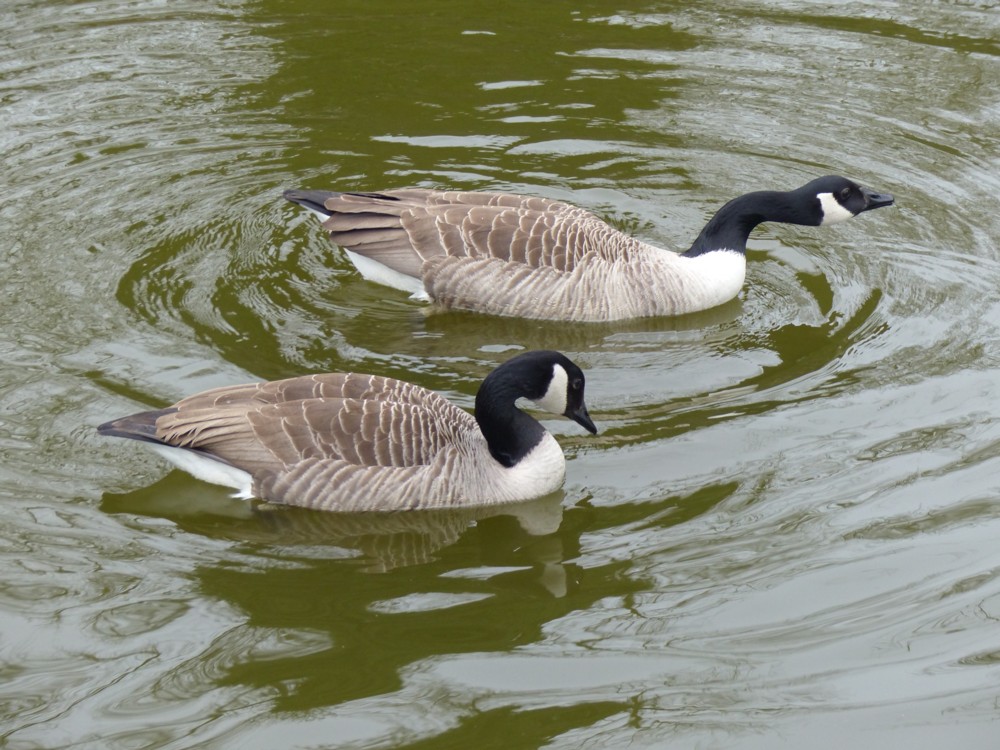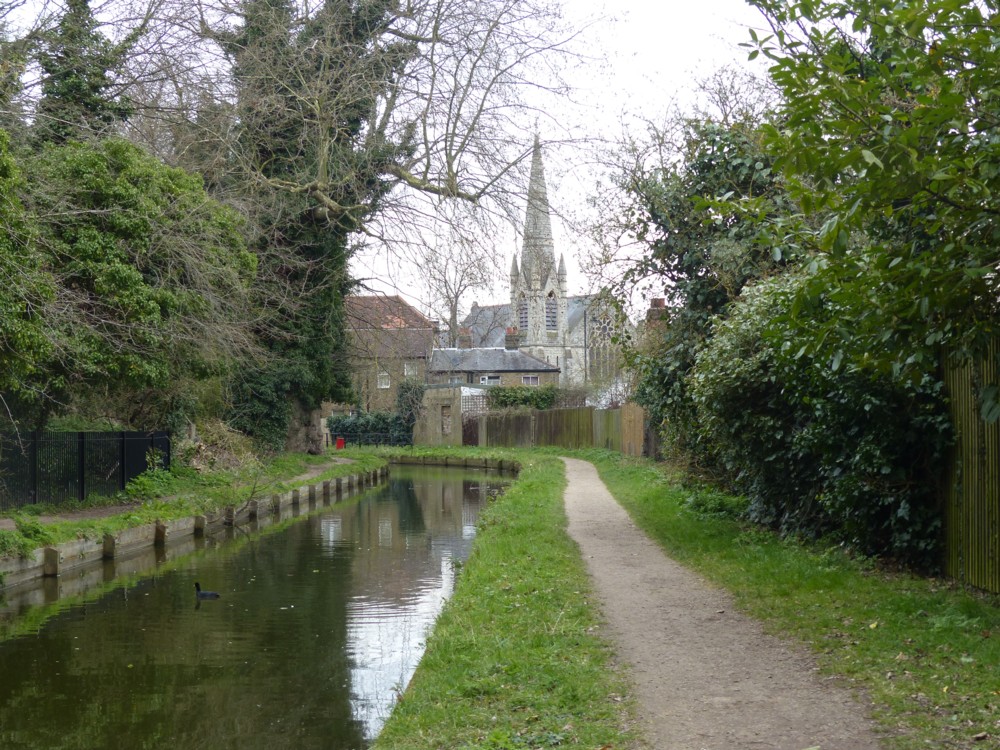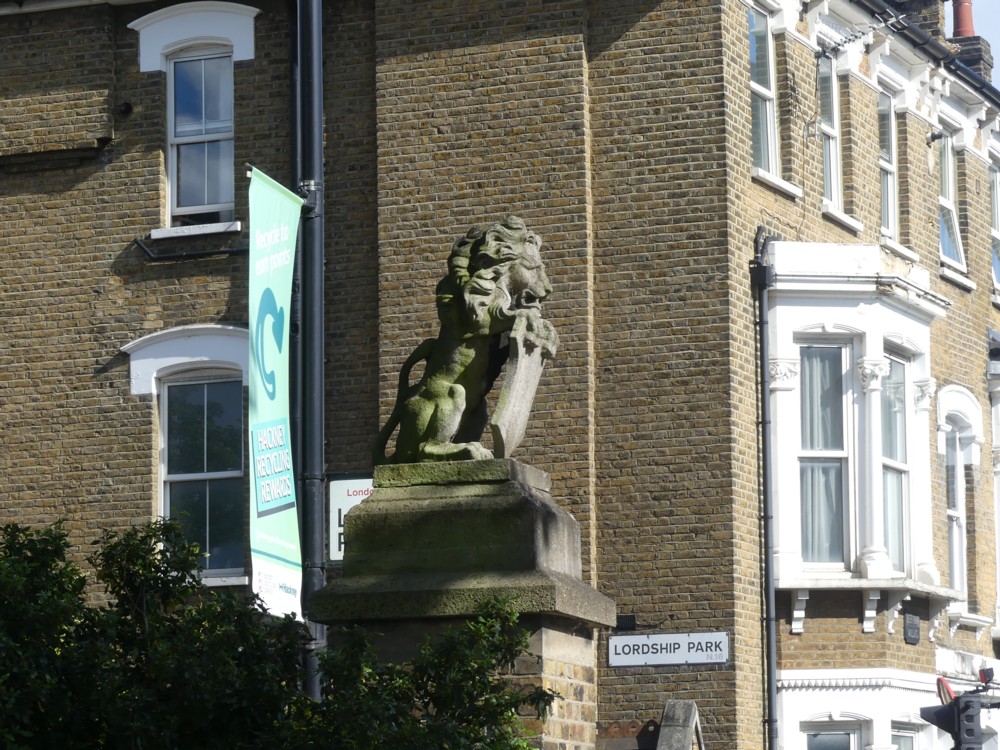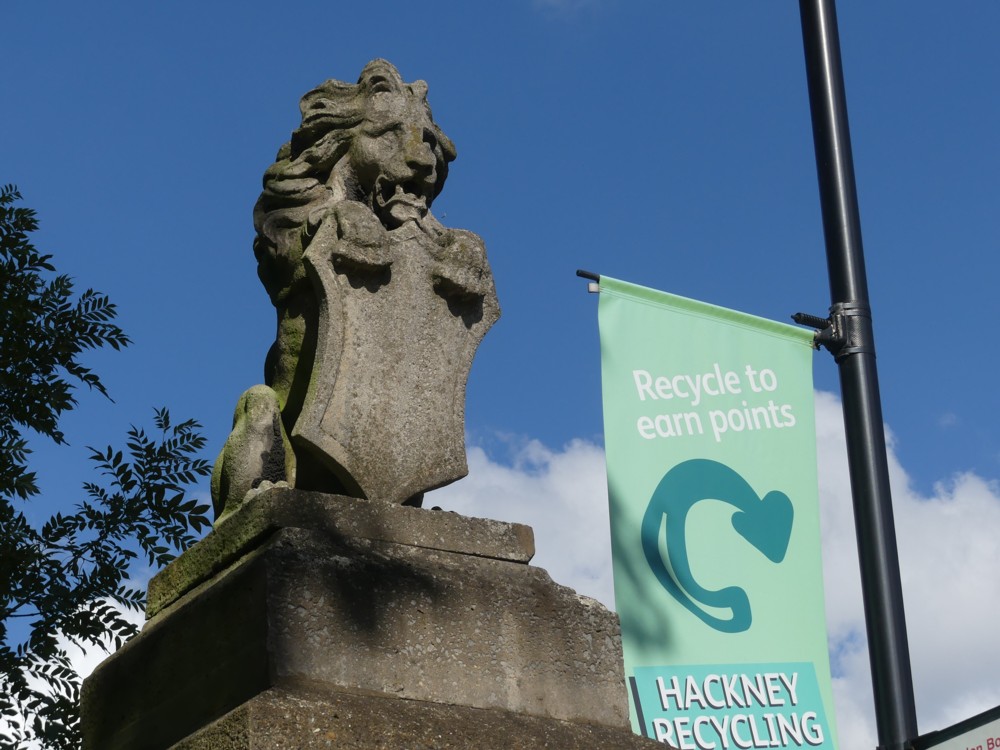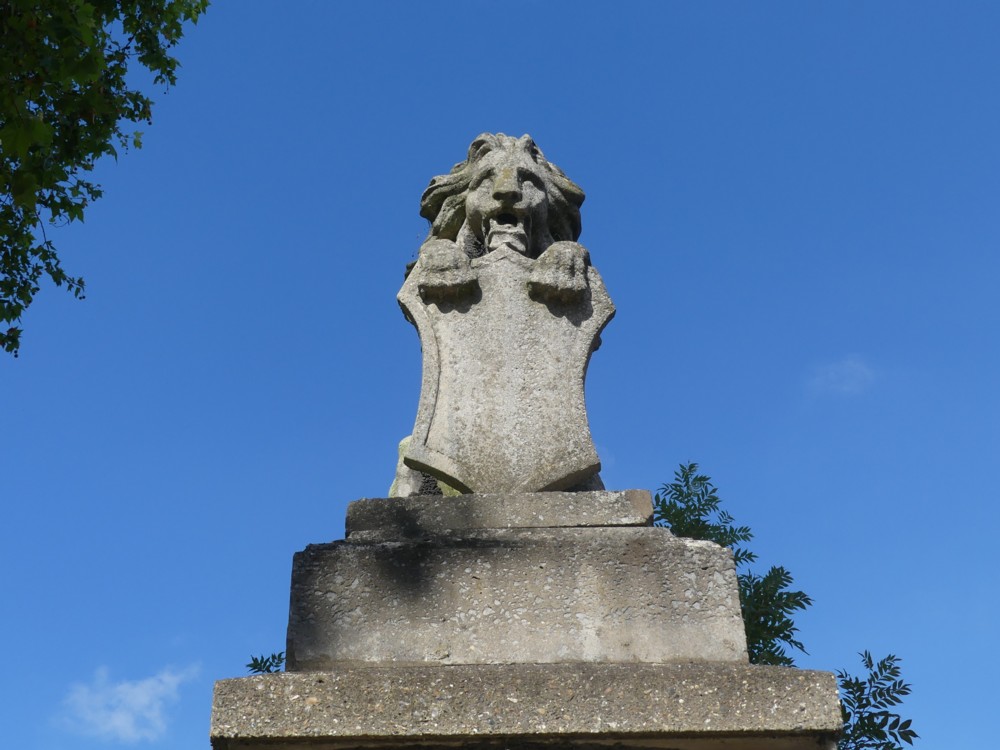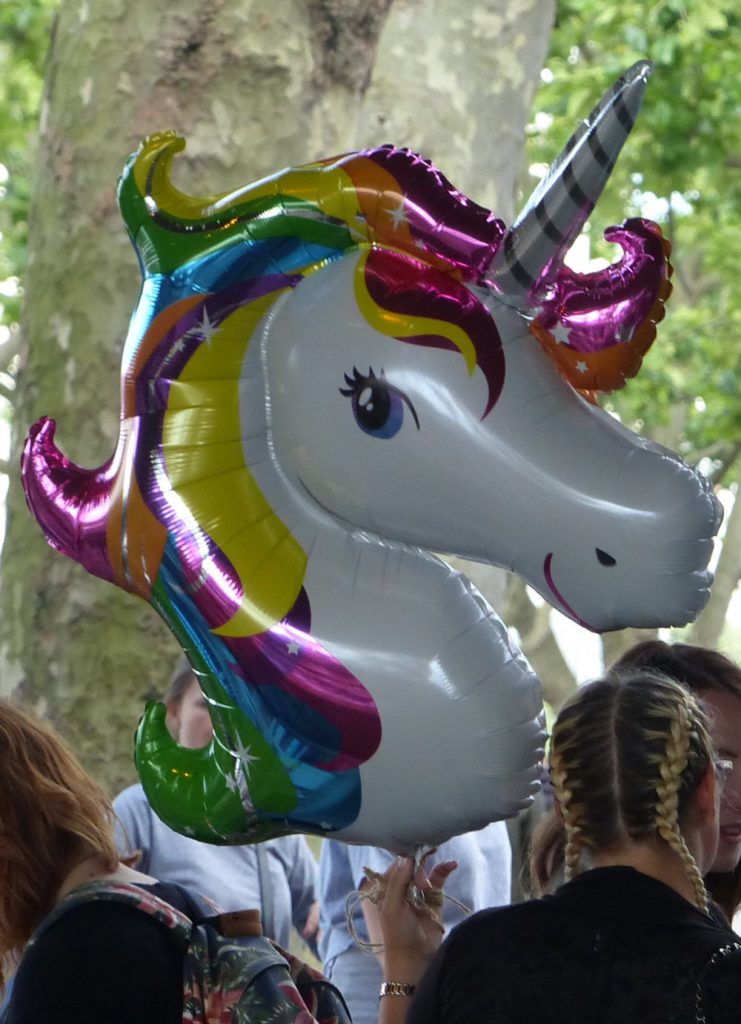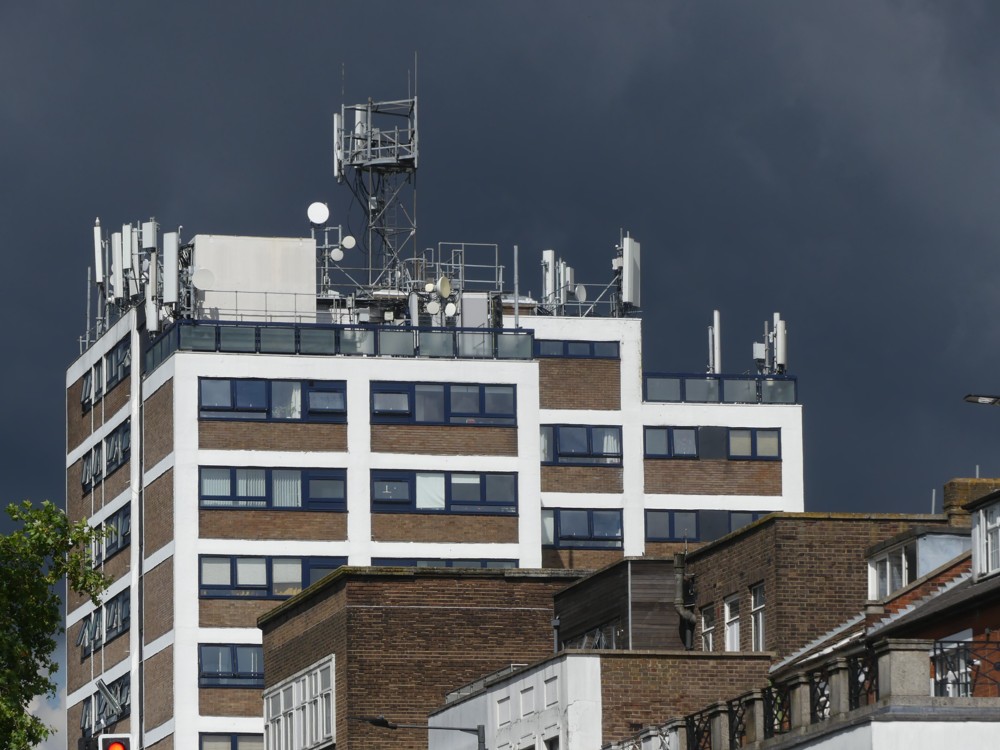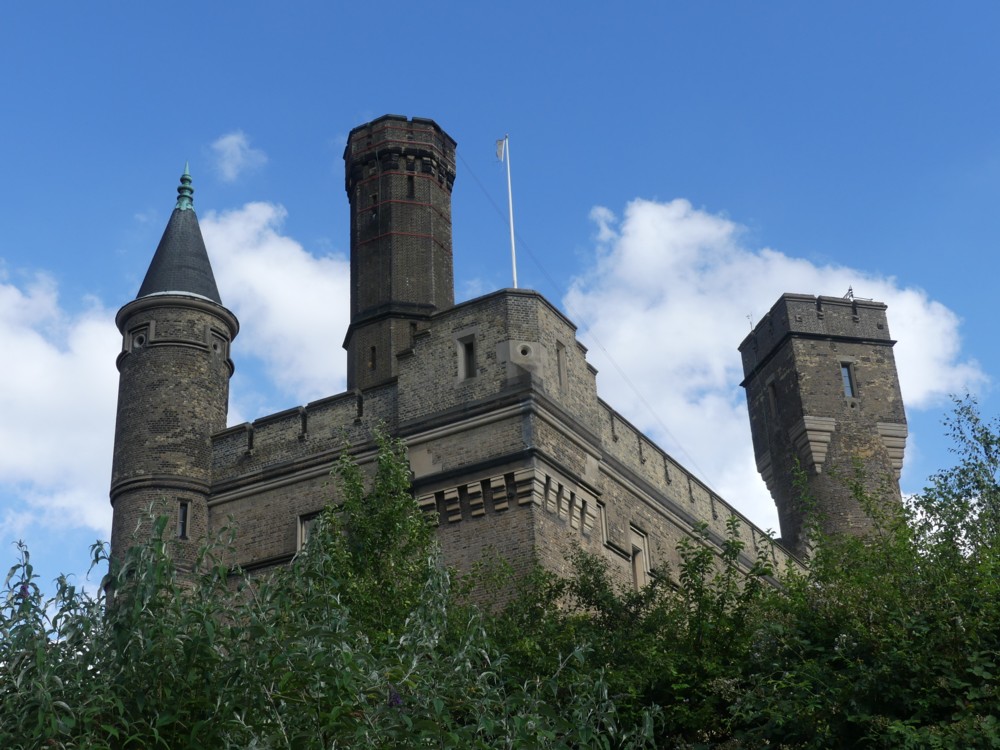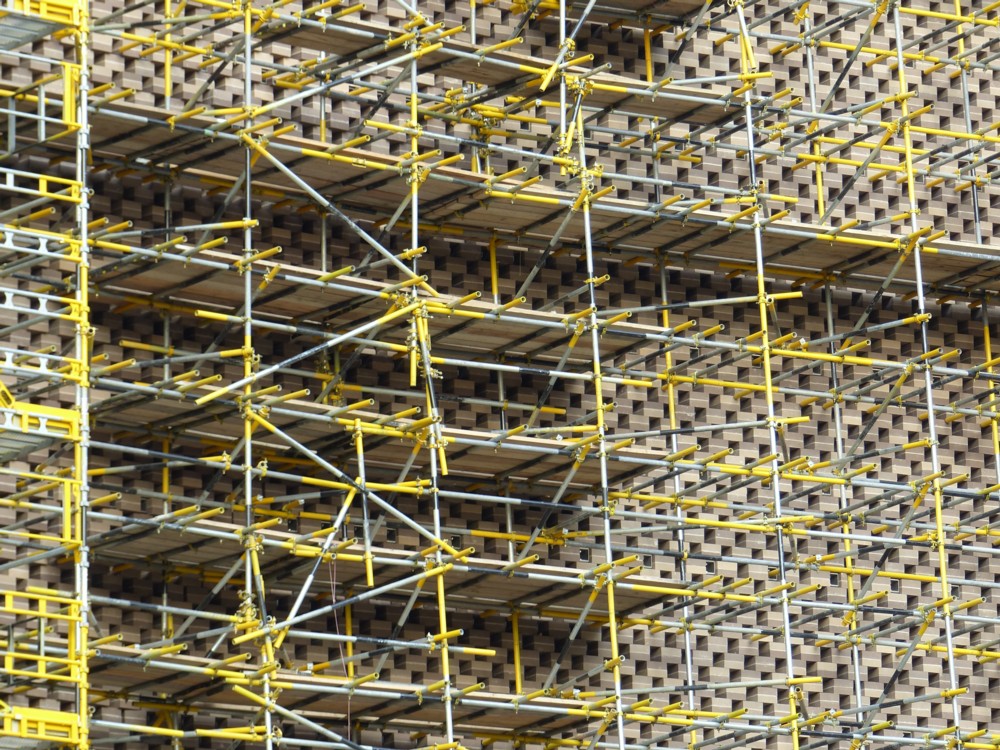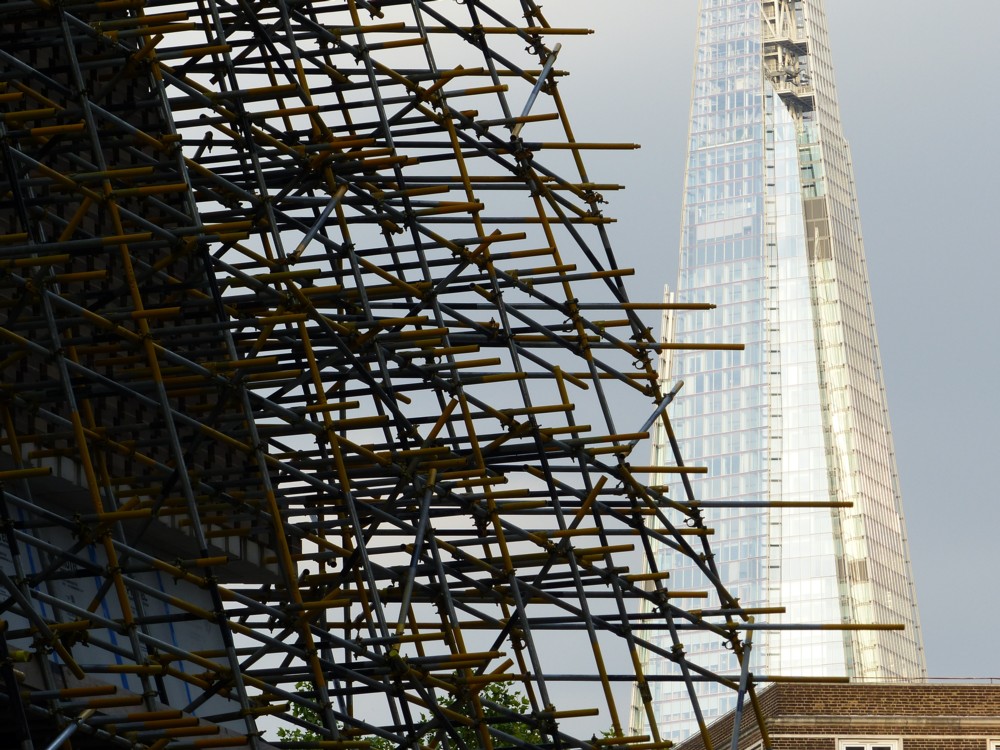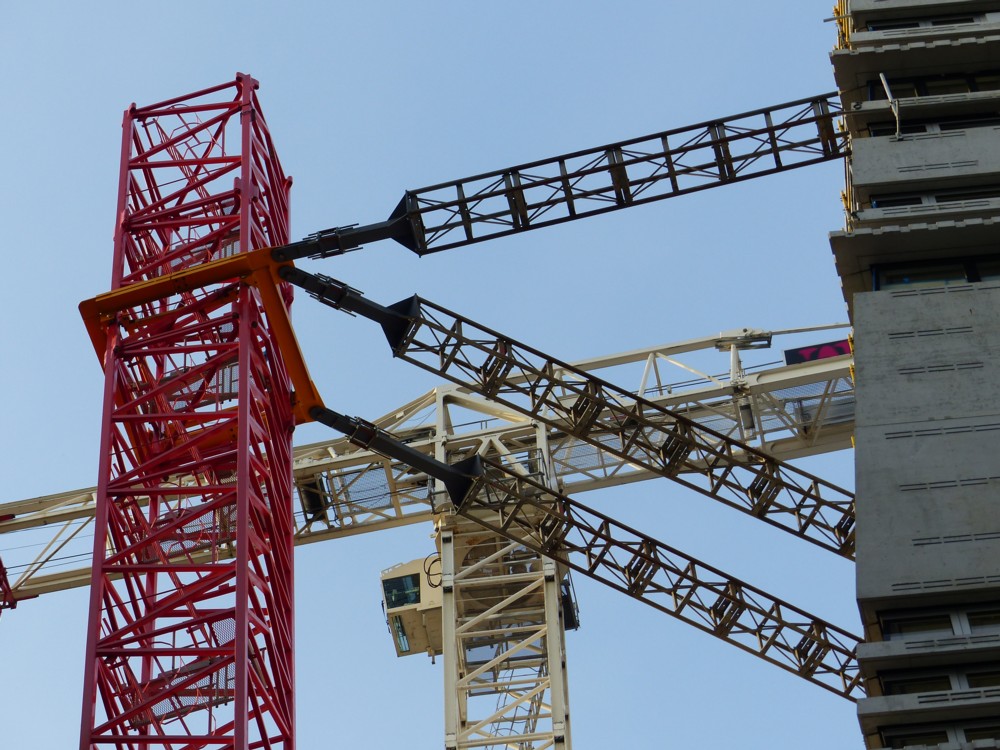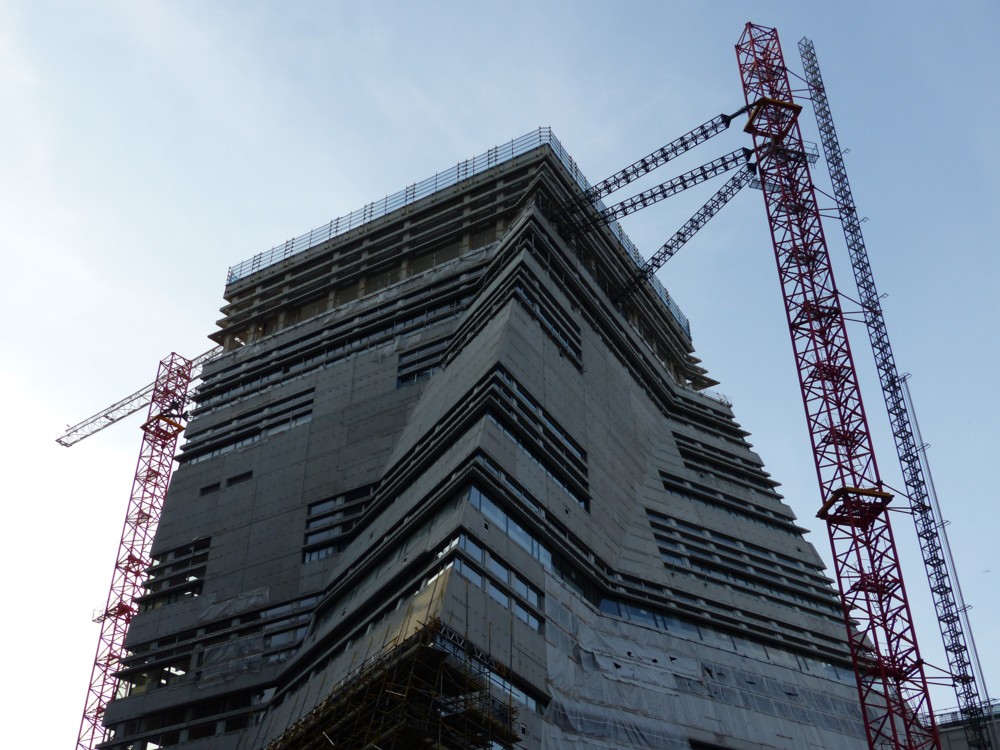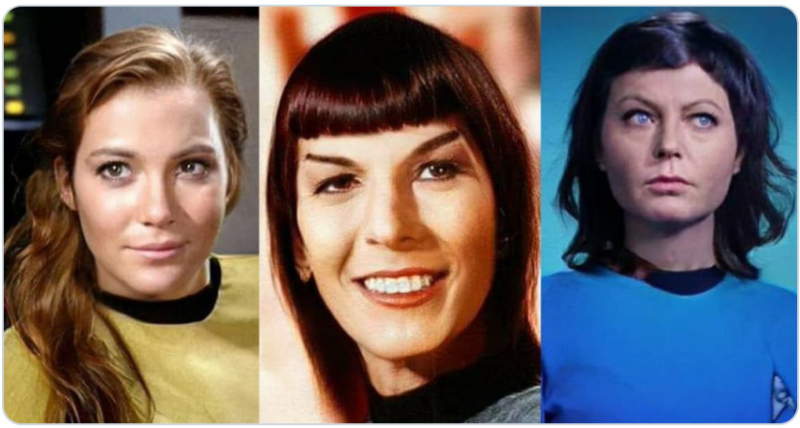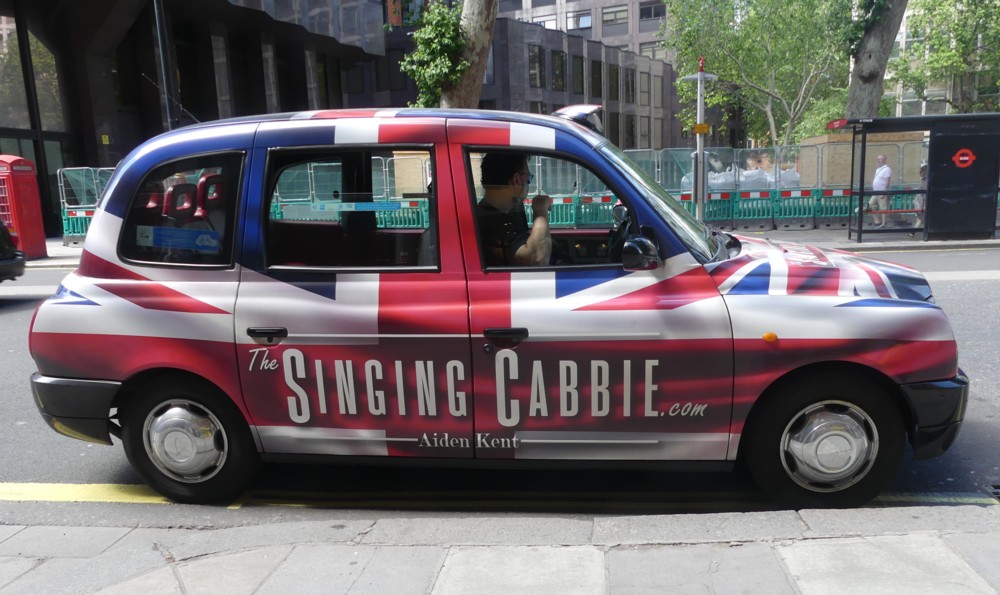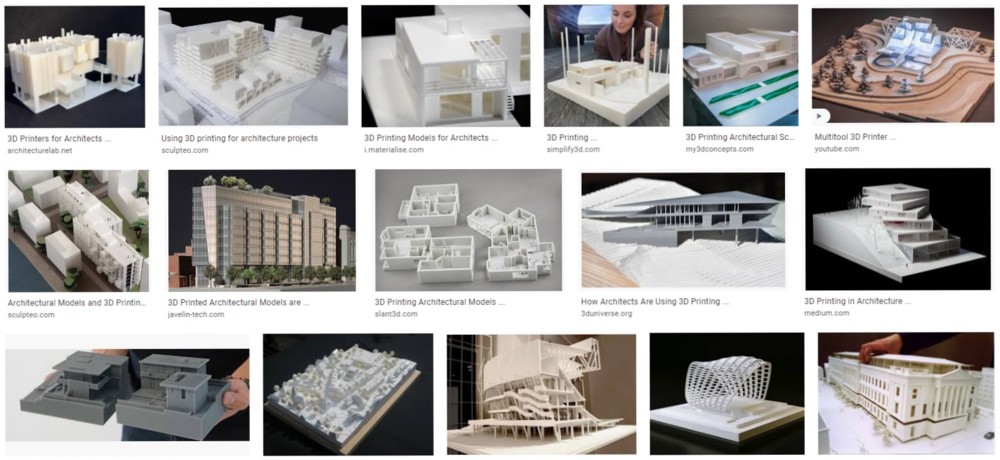On April 2nd 2016, GodDaughter1 and I went on a photo-expedition along the New River. It was most enjoyable, and I prepared another of those big photo-clutches that I could seldom bother to do on the Old Blog, so that you can now, if you feel like it, click-click-click through them on this New Blog. But I also wanted to link back to an earlier posting I did about a rather exotic looking duck that we had encountered that same day.
For reasons explained in this posting, all postings on the Old Blog linked back to from this blog have to have been transferred to the New Blog. So, here I am linking back to What sort of duck is this?
But, problem. That posting itself linked back to a posting about Trees pruned into strange sculptures, because GD1 and I encountered a really strange piece of tree surgery (photo (6.2), on that same expedition.
Which, in its turn linked back to Losing the leaves in Victoria Park, because, well, because it did. So that had to be transferred across too.
When I put it like that, it all seems pretty simple. But following the link chain backwards and then forwards again, opening up each posting about four times over, was the Grandma of all muddles that I had not seen coming, and muddles you do not see coming can get really muddled.
Anyway, it’s all sorted now, and here are all those photos I mentioned, at the top of this:
My favourite is the plate-shaped foliage that has been emptied upside down into the water (photo 28 (4.4)).
There’s lots more I could say about all these photos, but this posting has already gone on far too long, and I confine myself now to saying: See also the plaque about Sir Hugh Myddelton (photo 37 (5.5)), who designed the New River. Designed? You don’t design rivers. They’re just there. But yes, he designed it. The point being it was designed and built, to supply London with fresh water, right at the beginning of the seventeenth century. So, at a time when so many stupid things were in the process of happening, something truly creative also happened.
Well, one other thing: the occasional interpolation of extreme urbanness (e.g. a newspaper headline about Ronnie Corbett (photo 27 (4.3)) and the van covered in stickers (photo 21 (3.5)) is because when you walk along beside the New River, it sometimes dives underground and you have to go up to regular London, until you get to the next bit.

